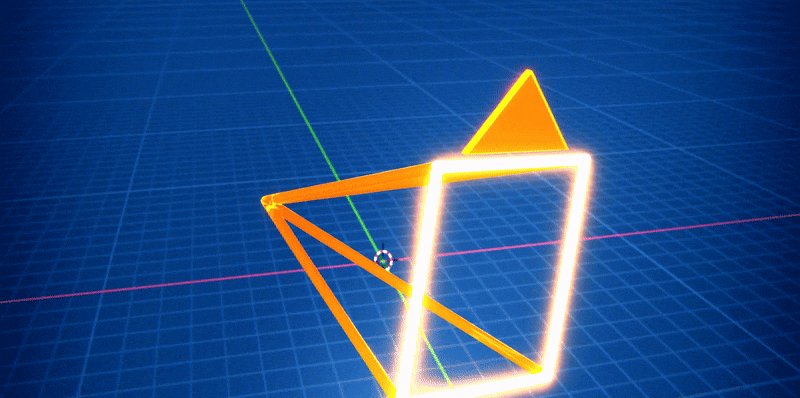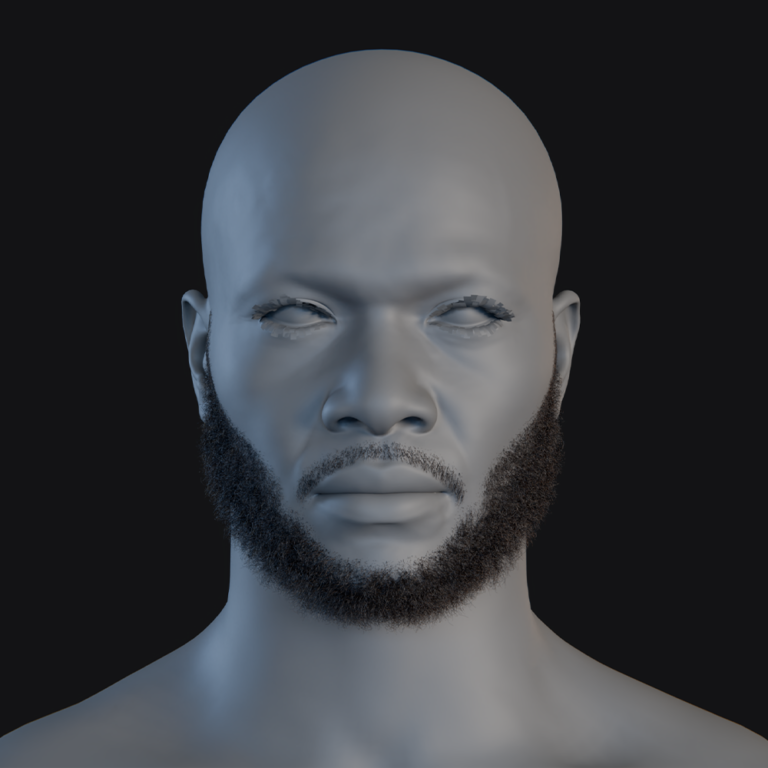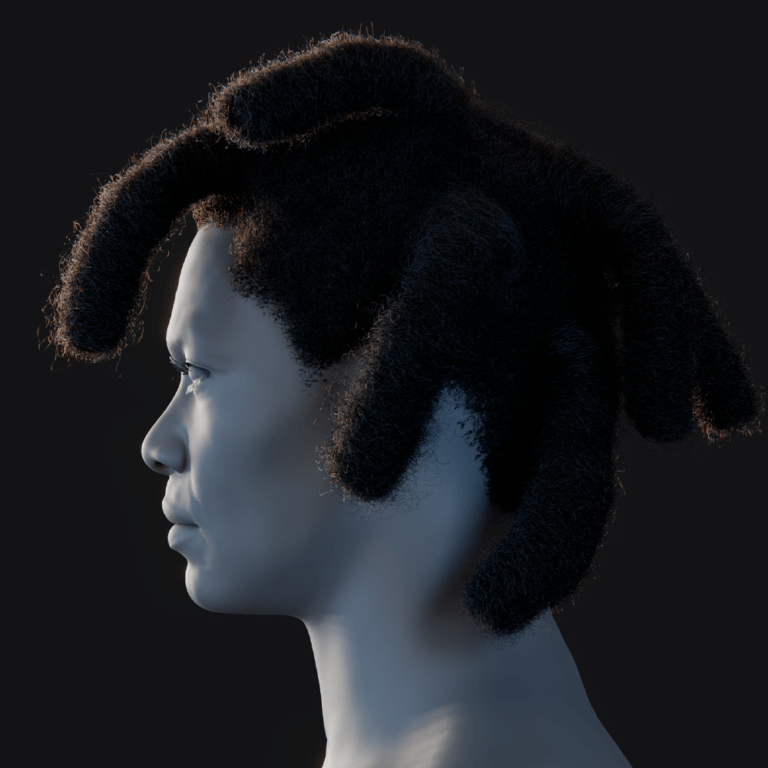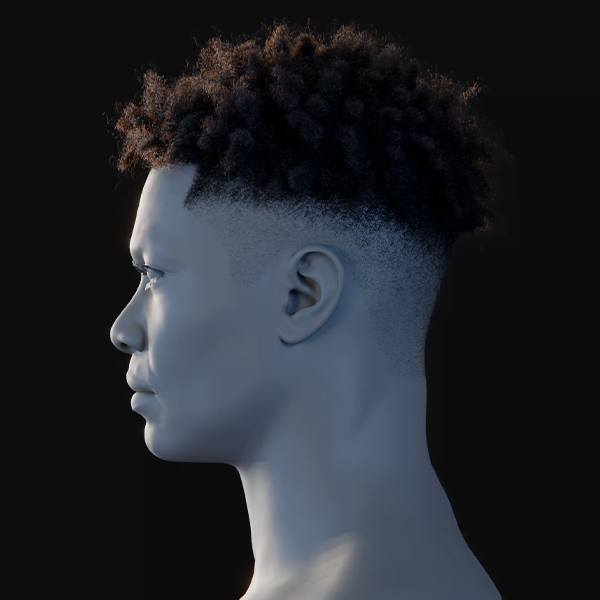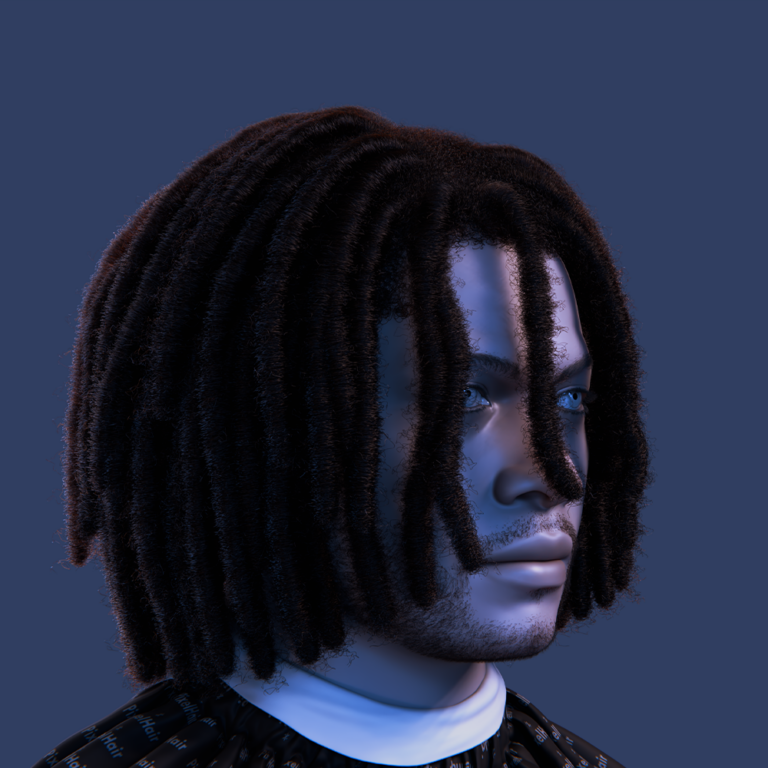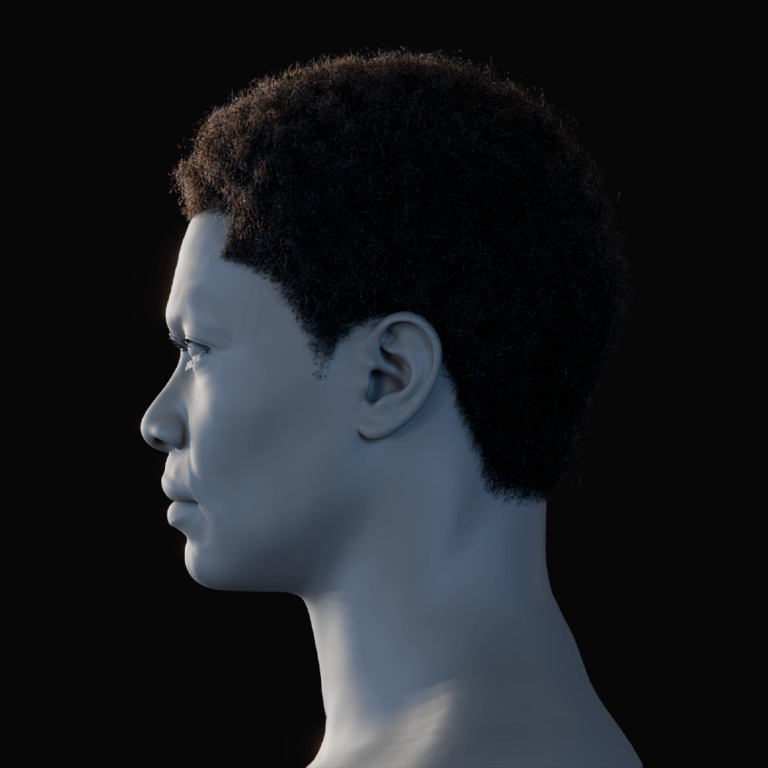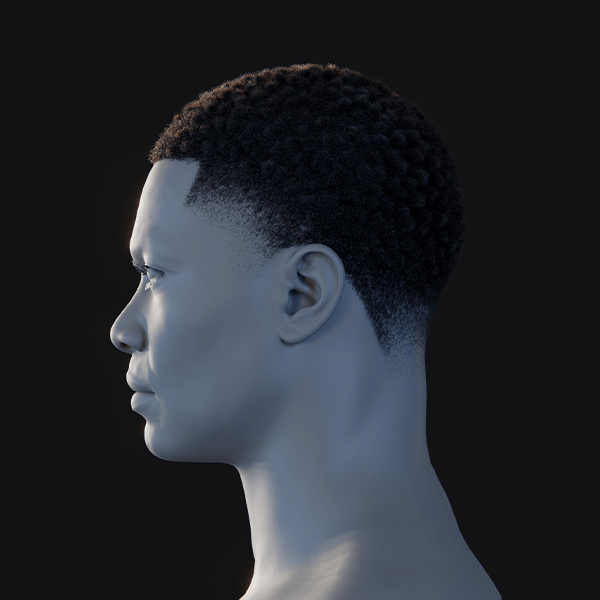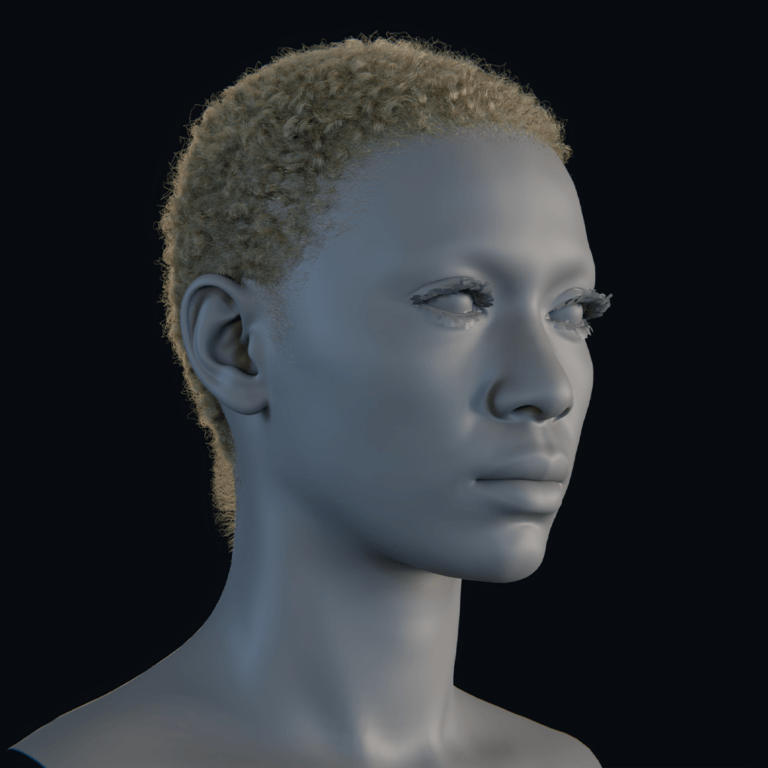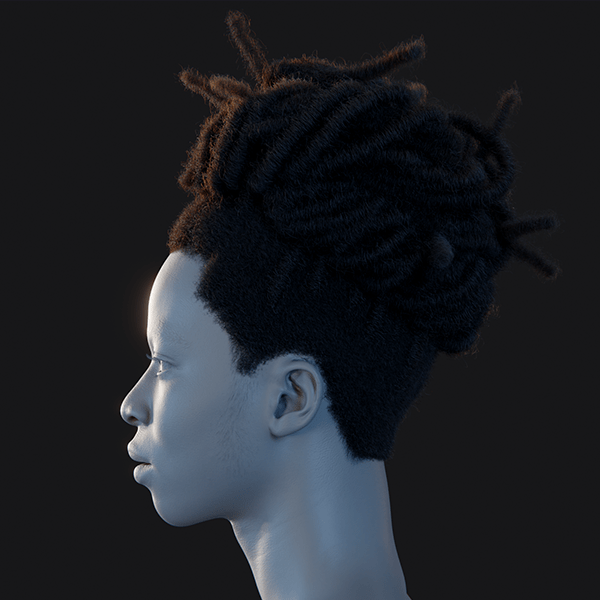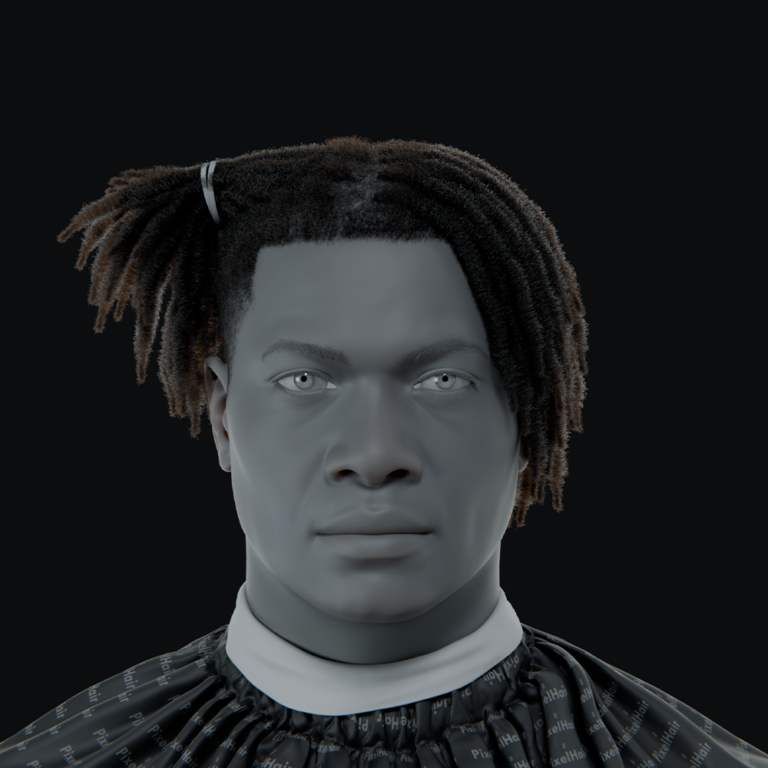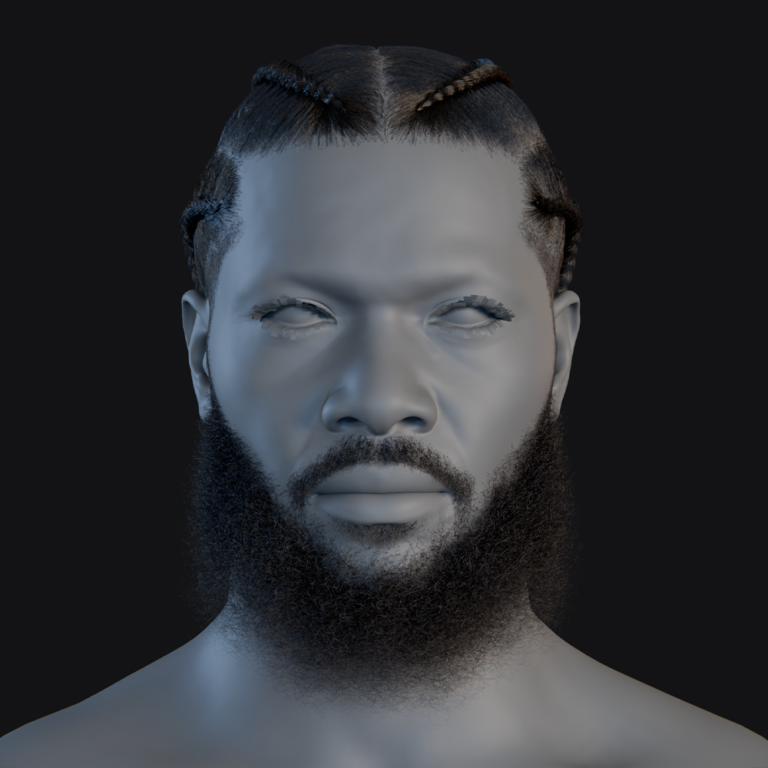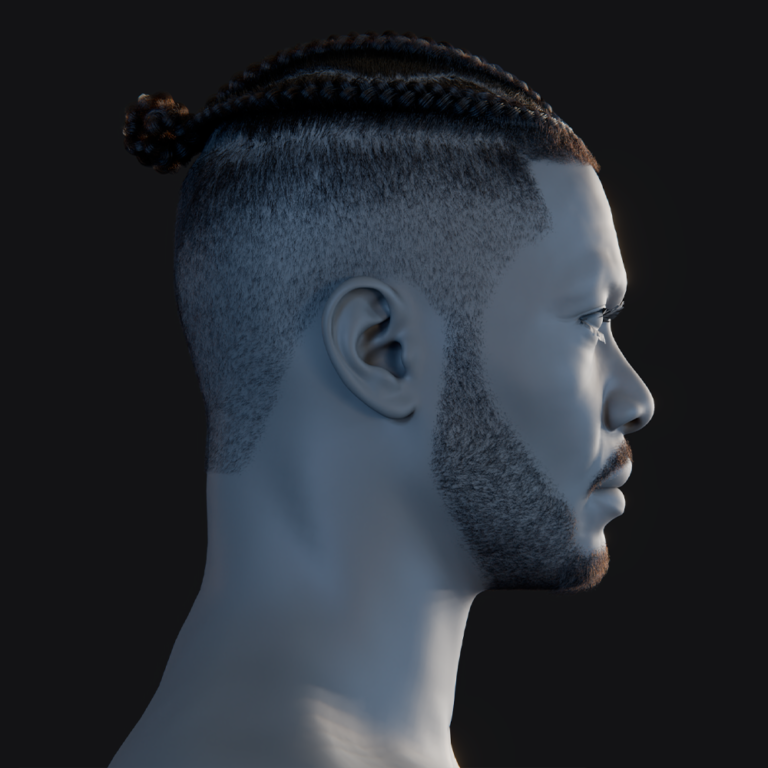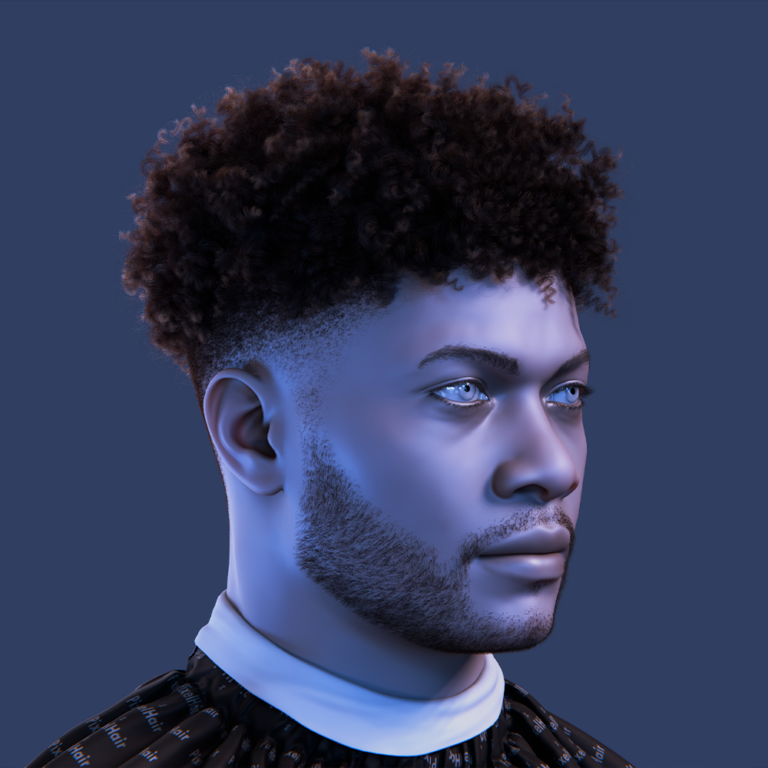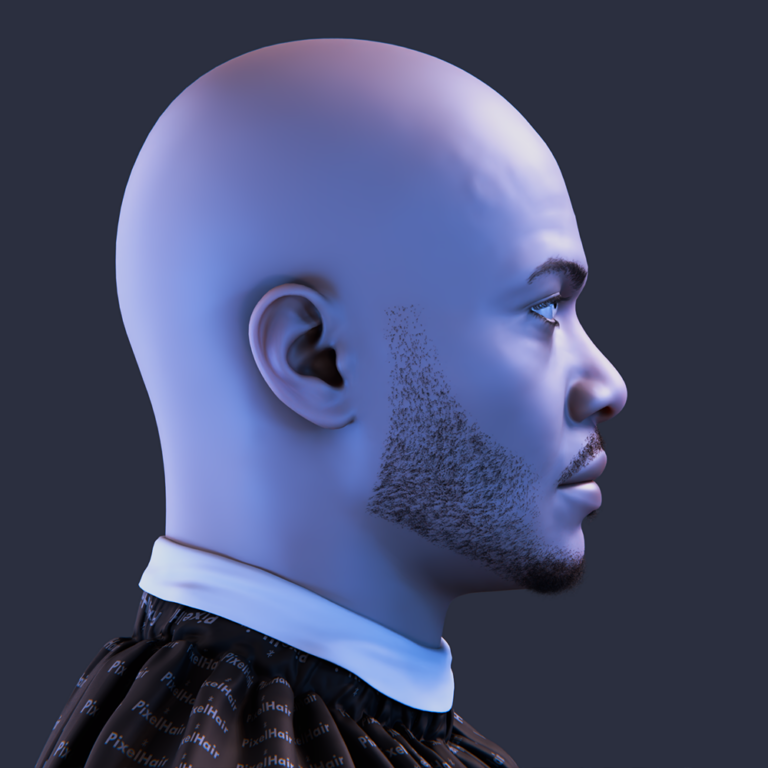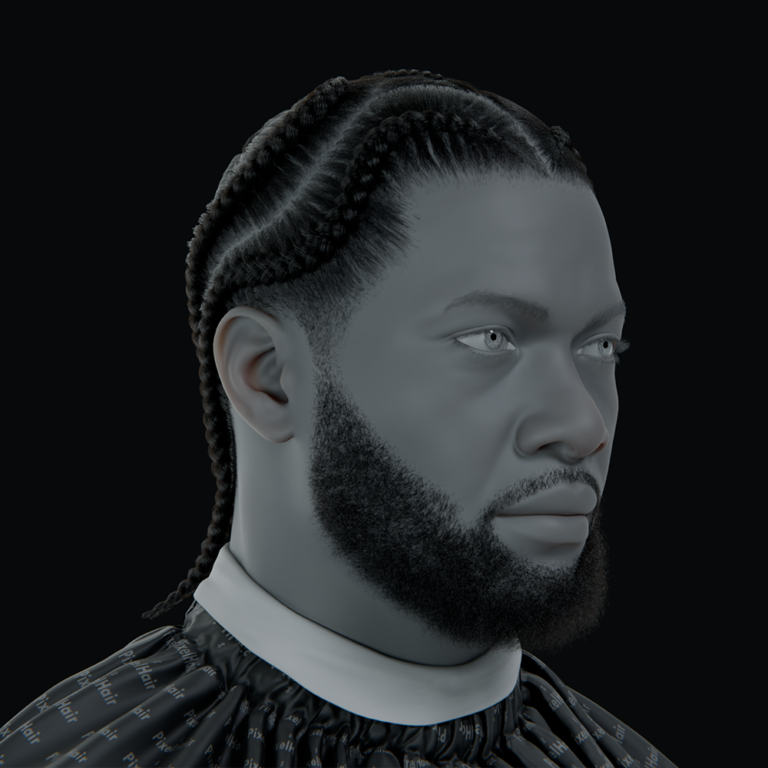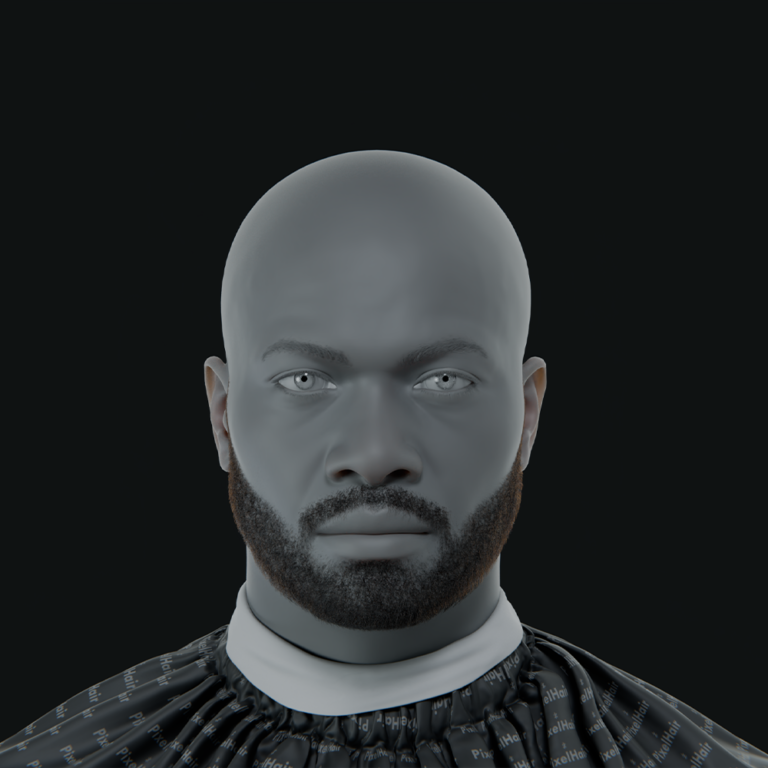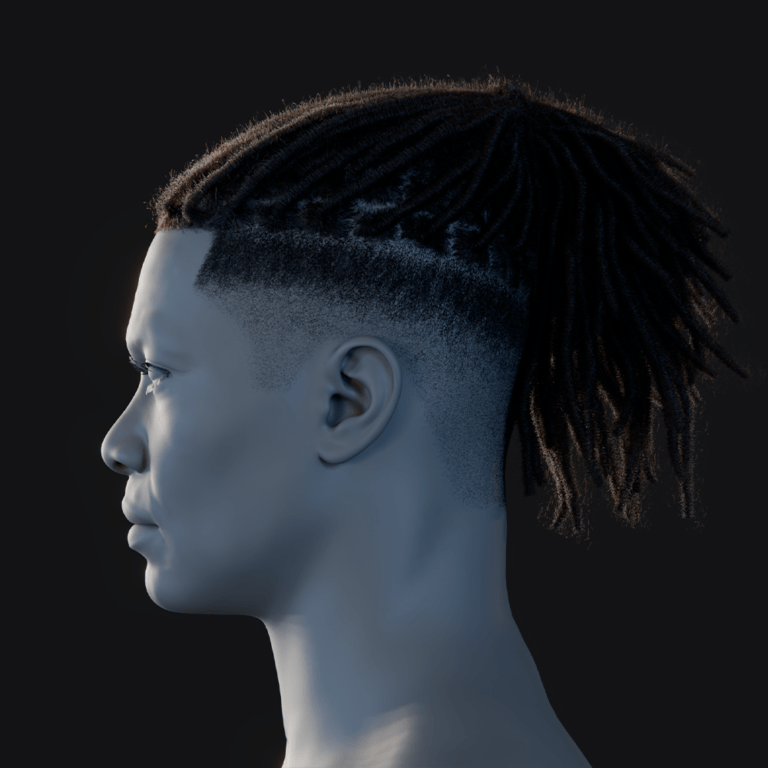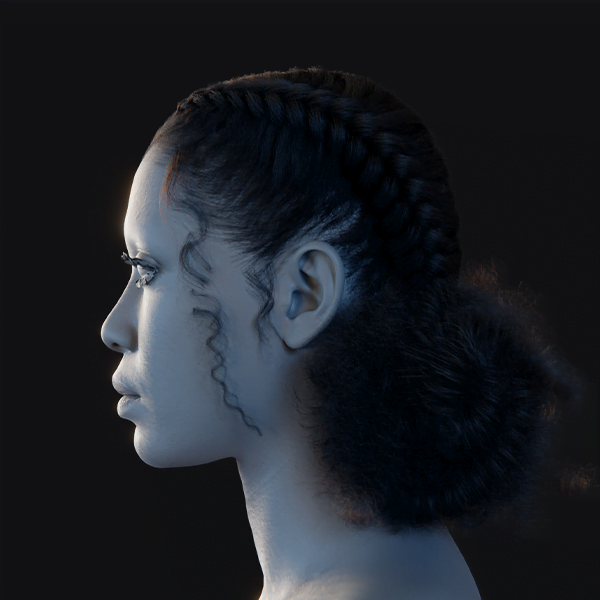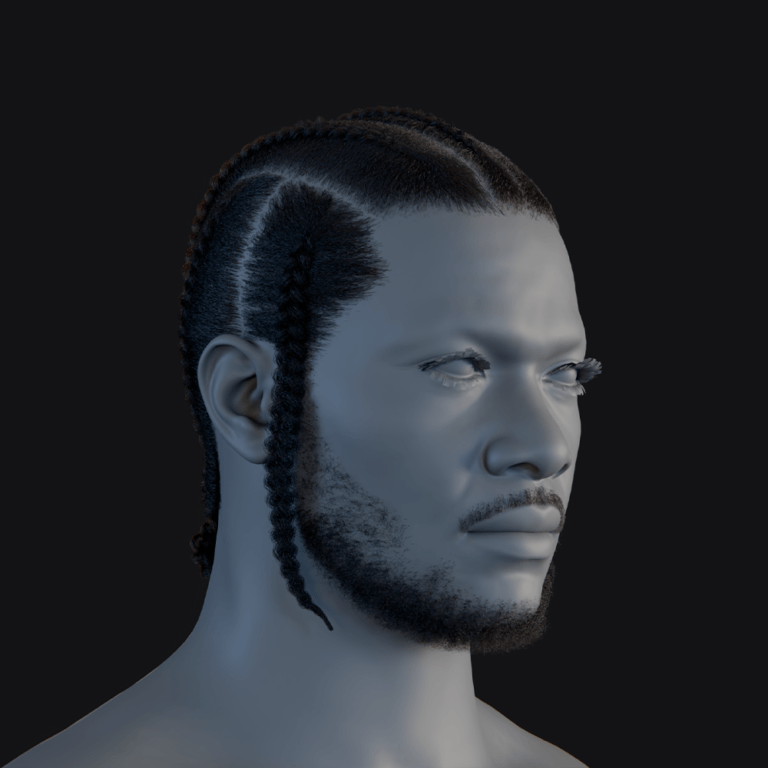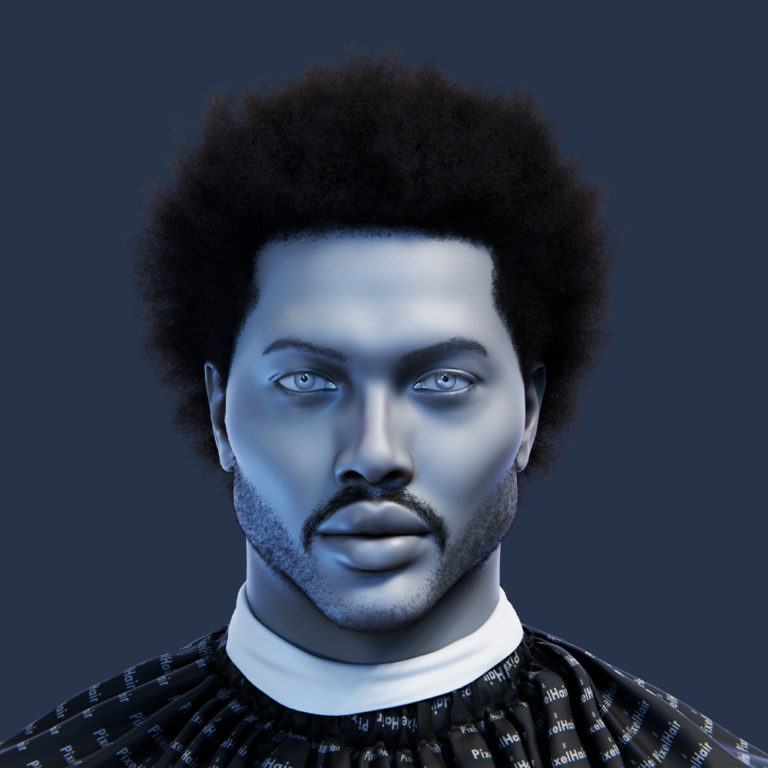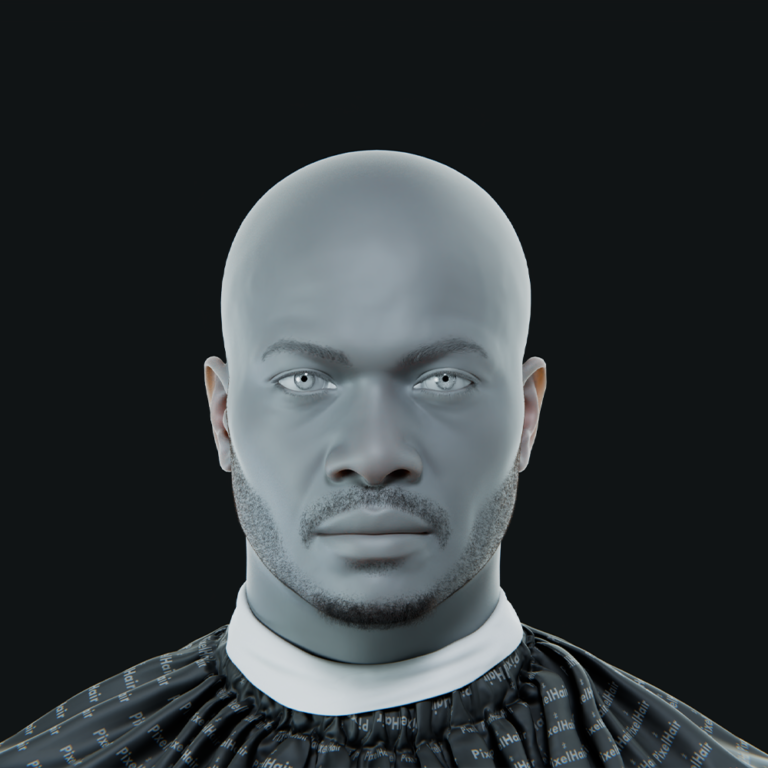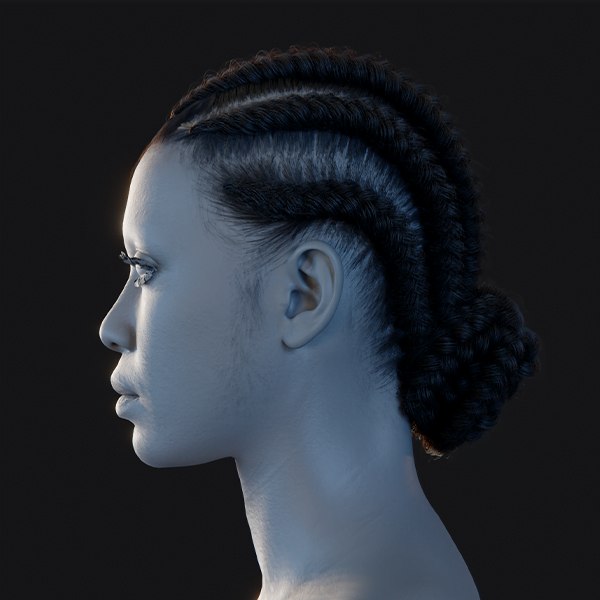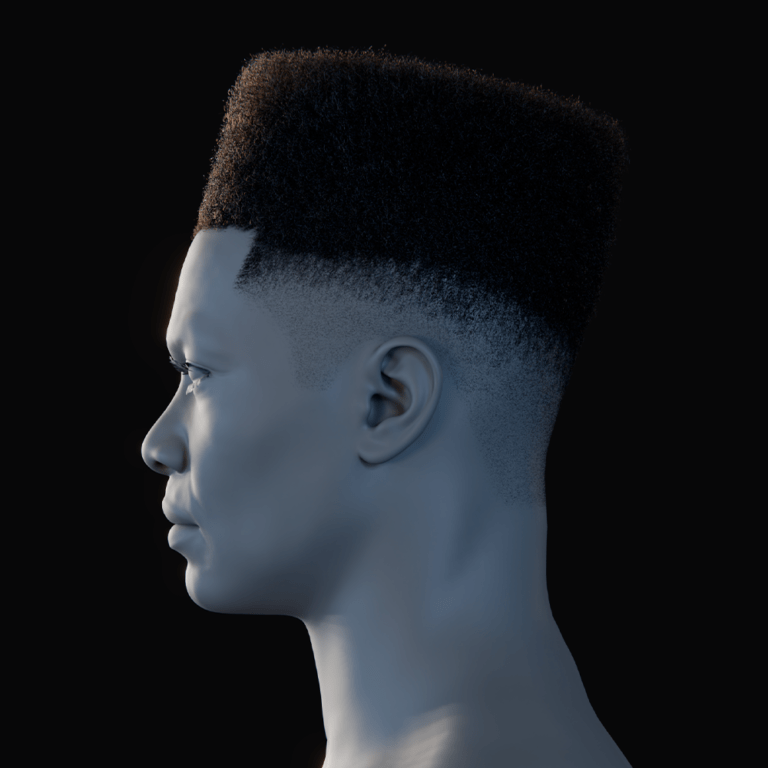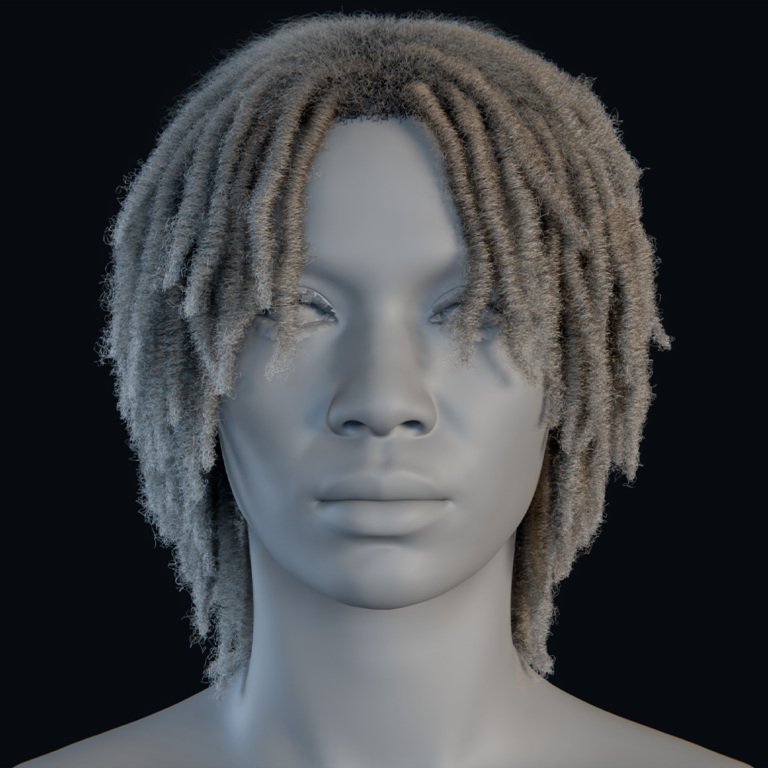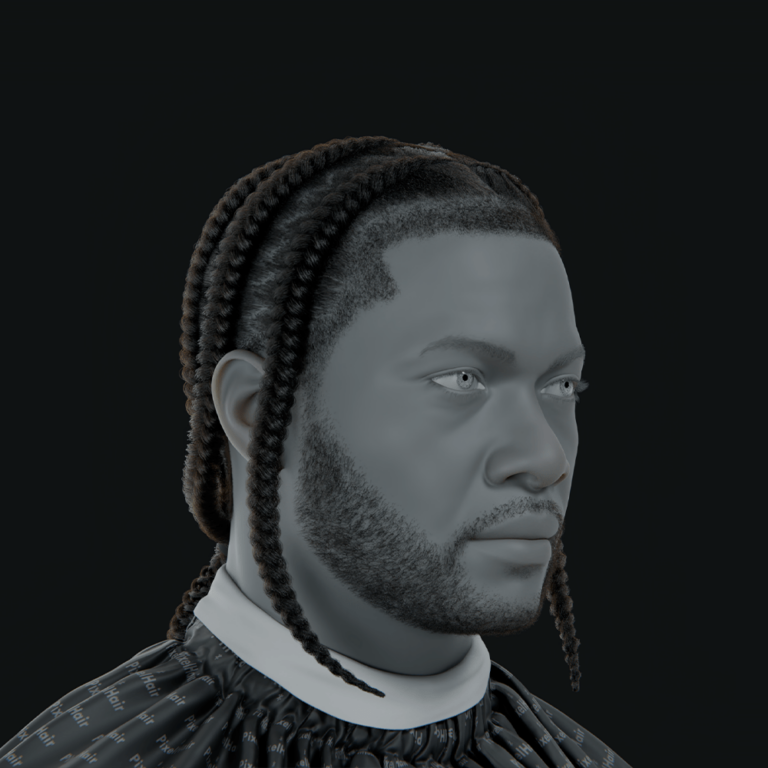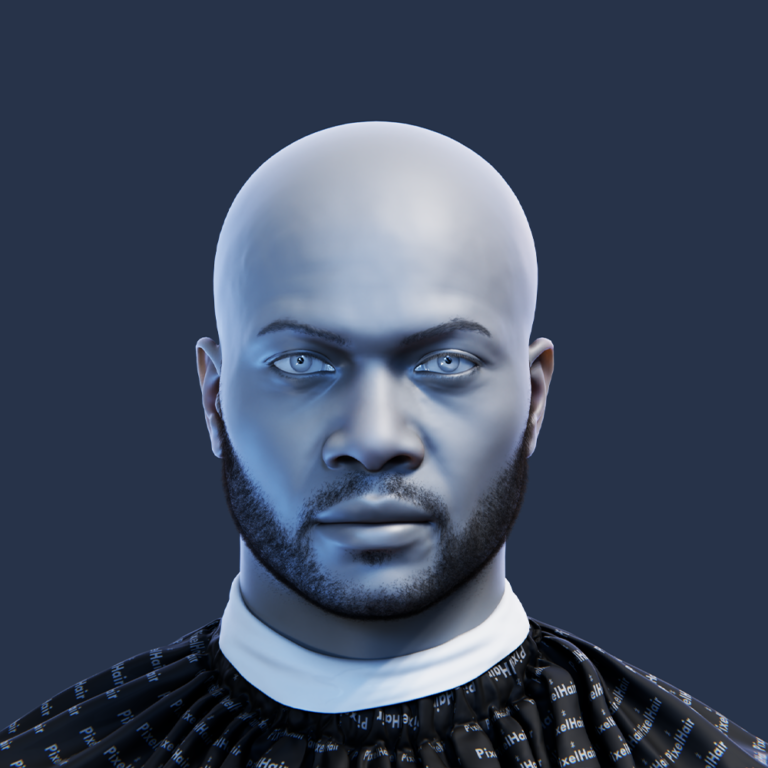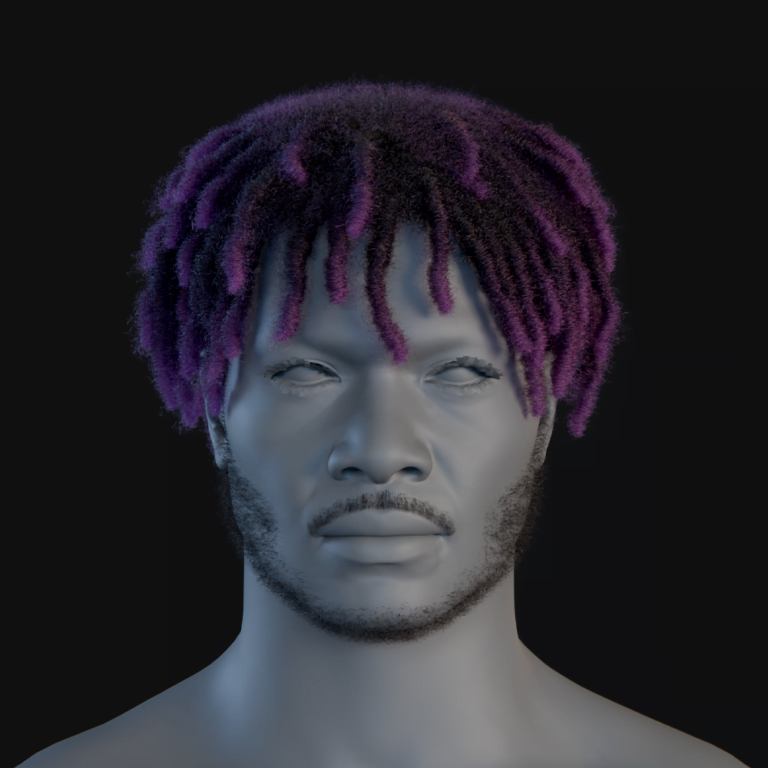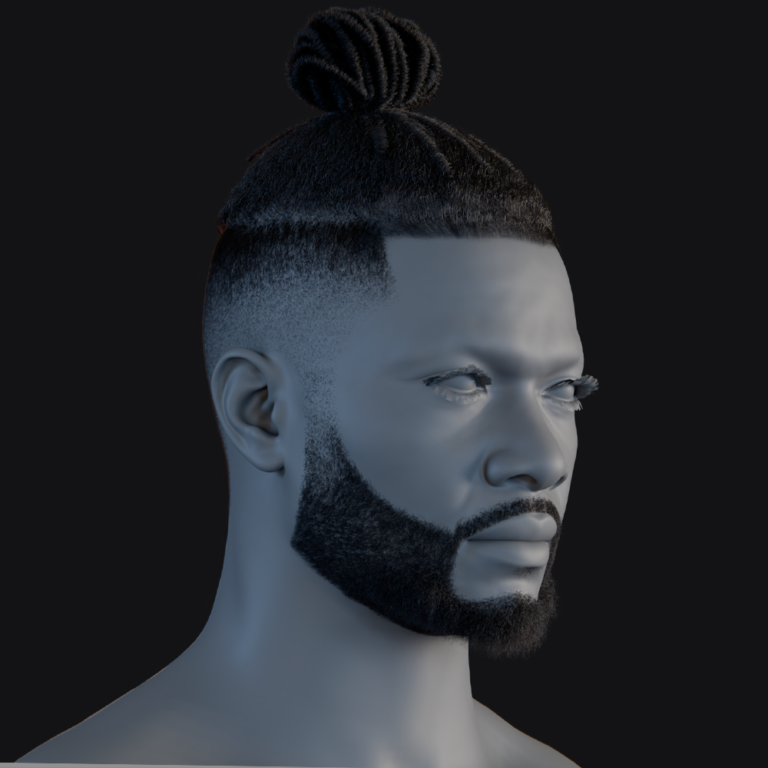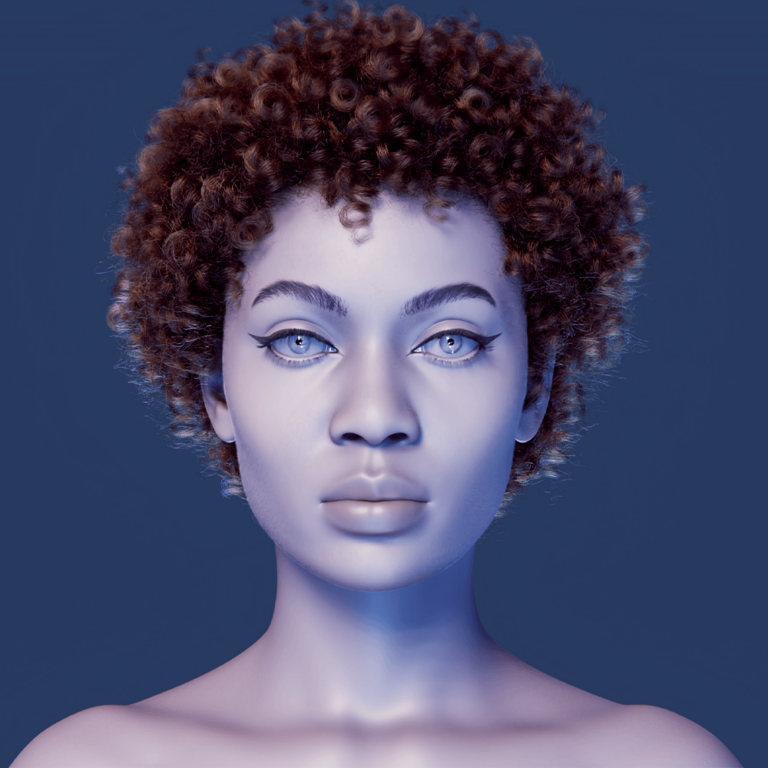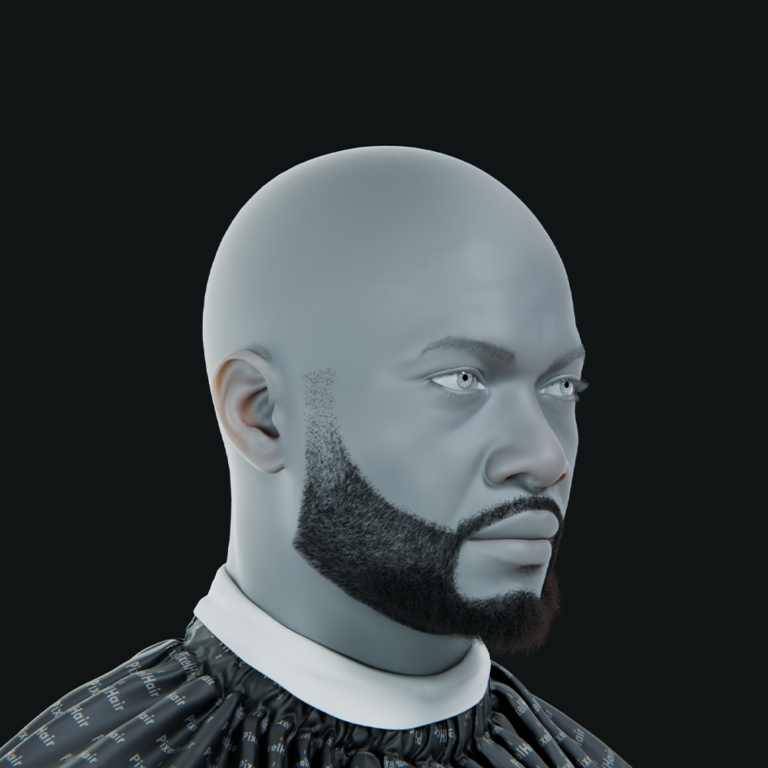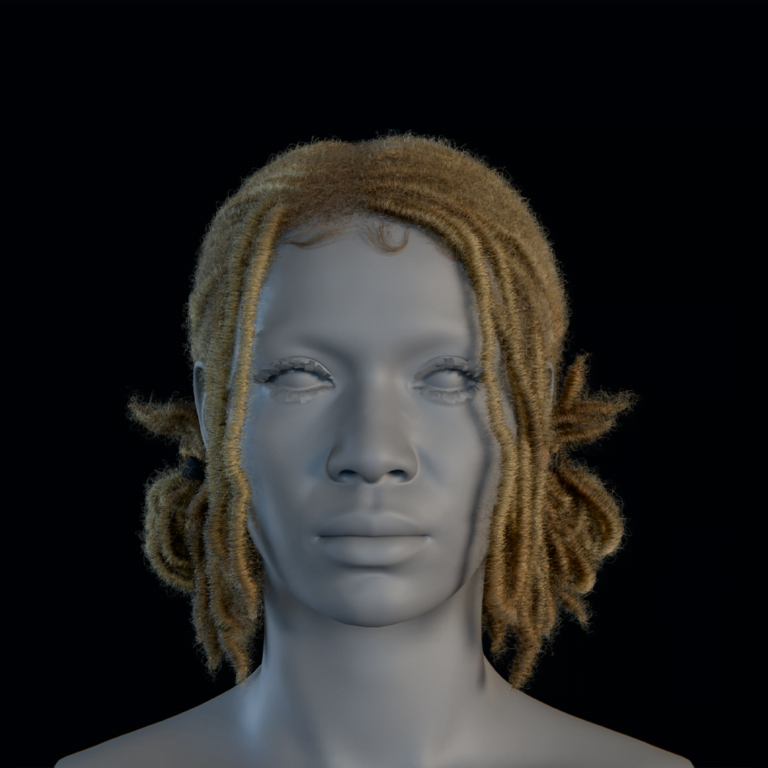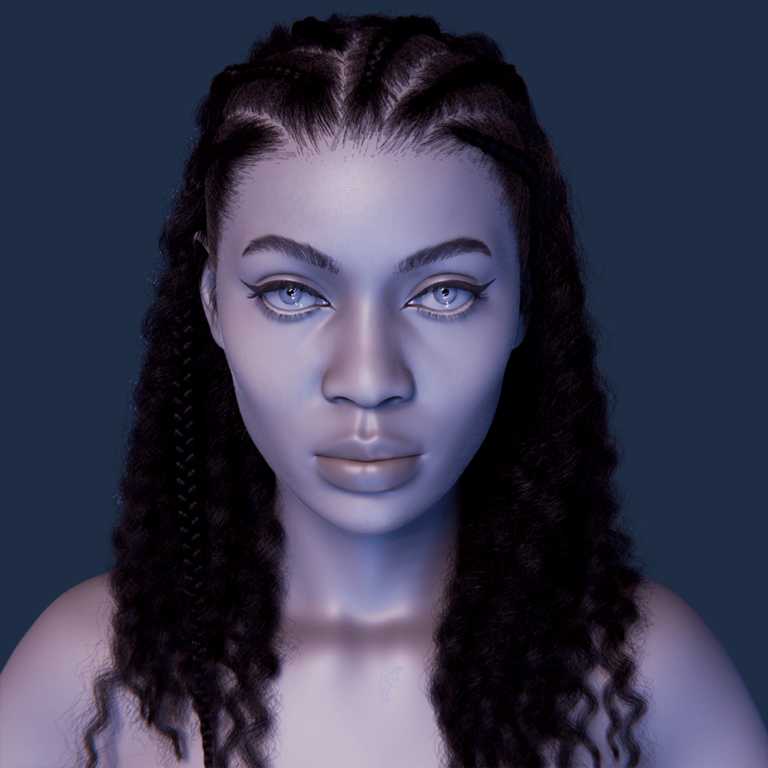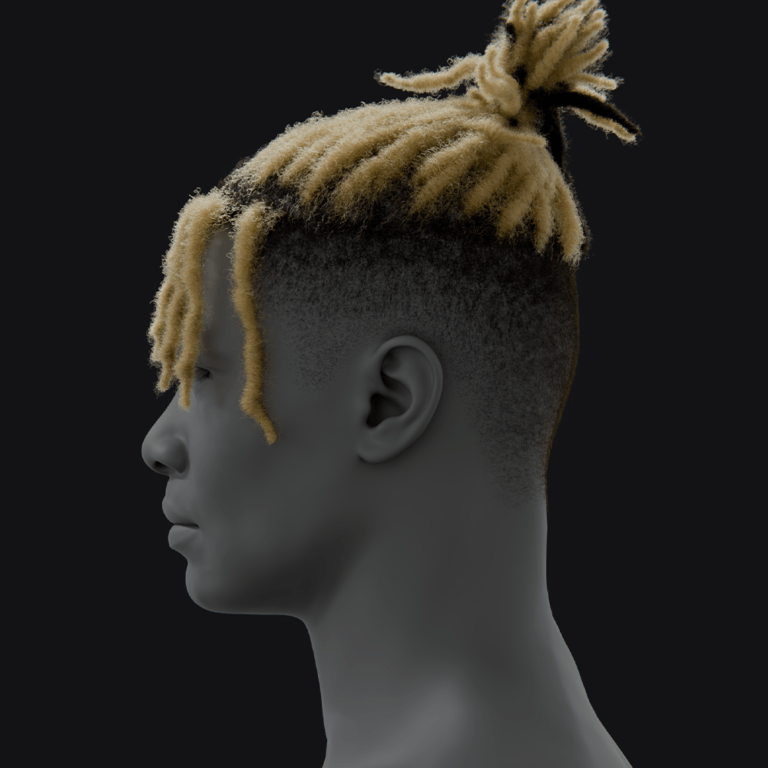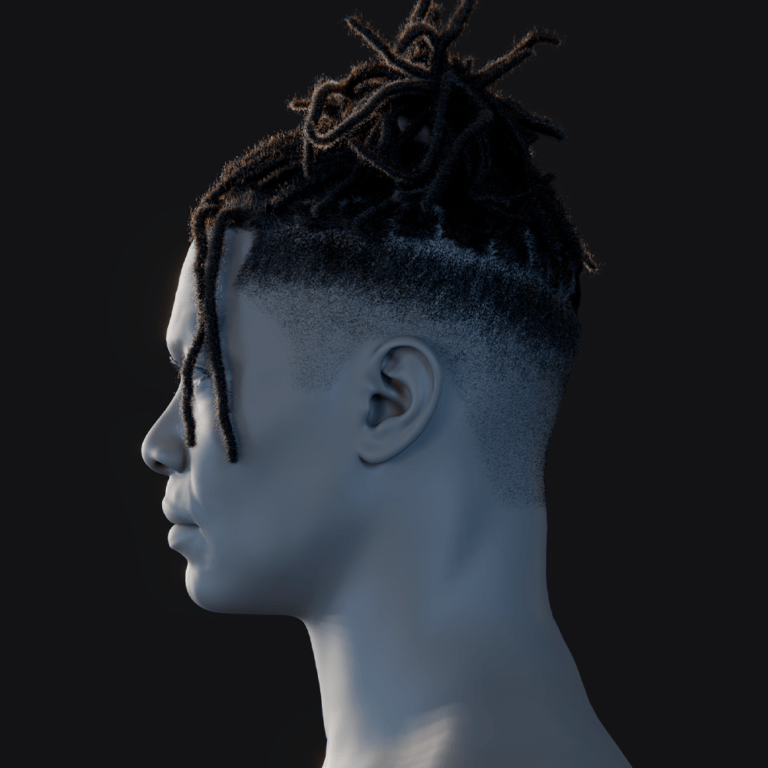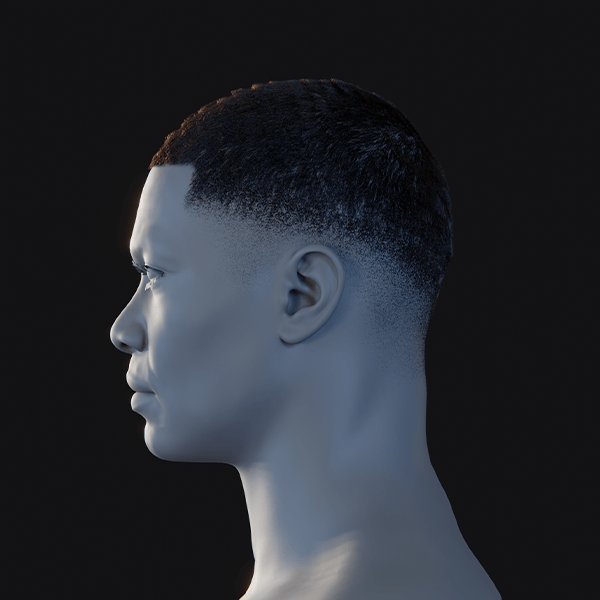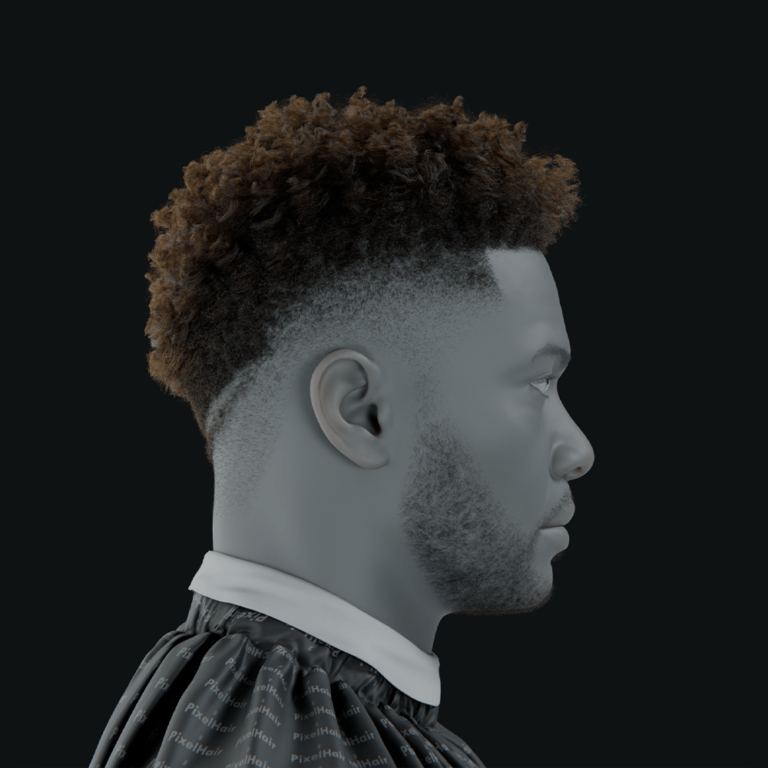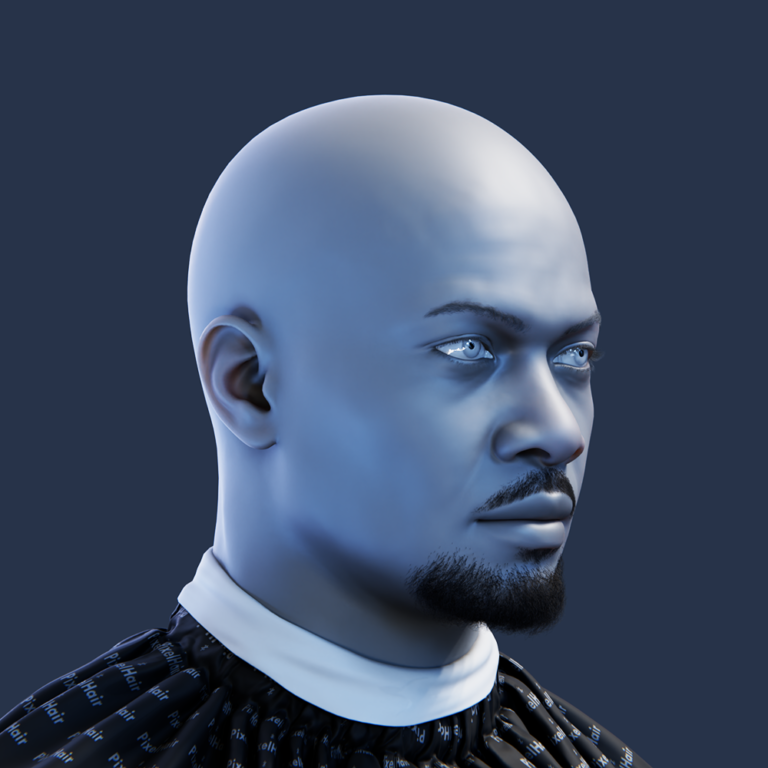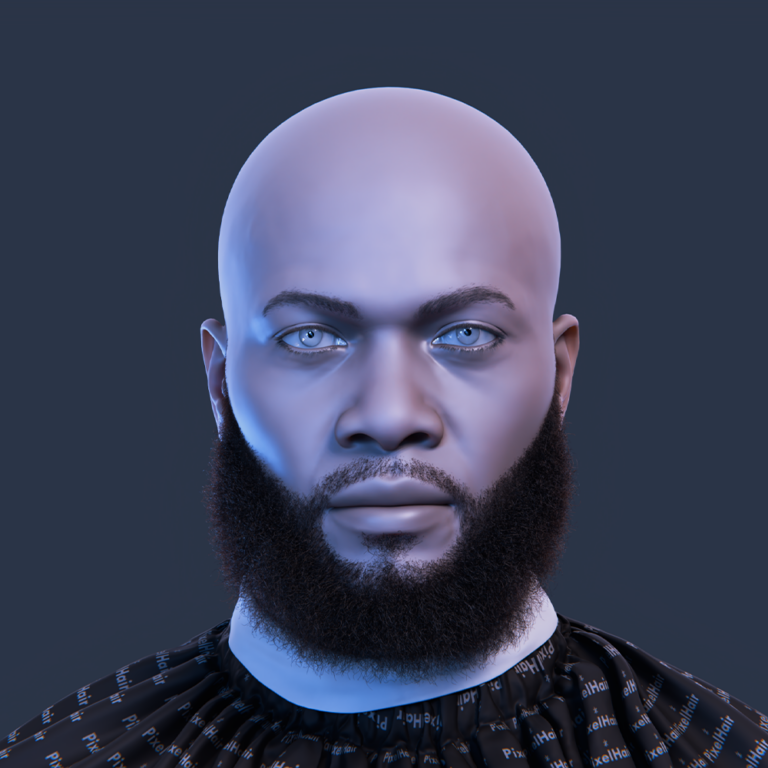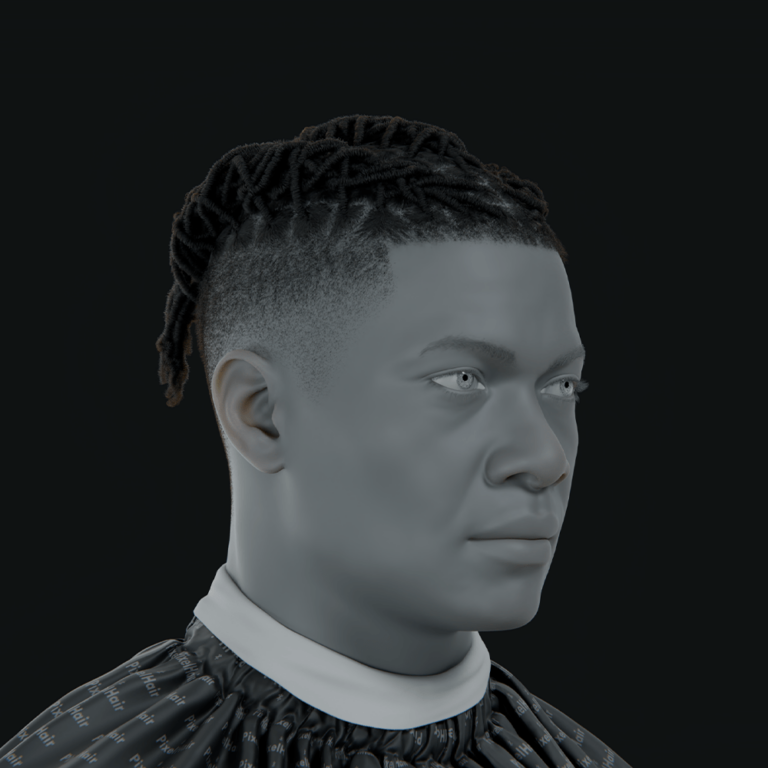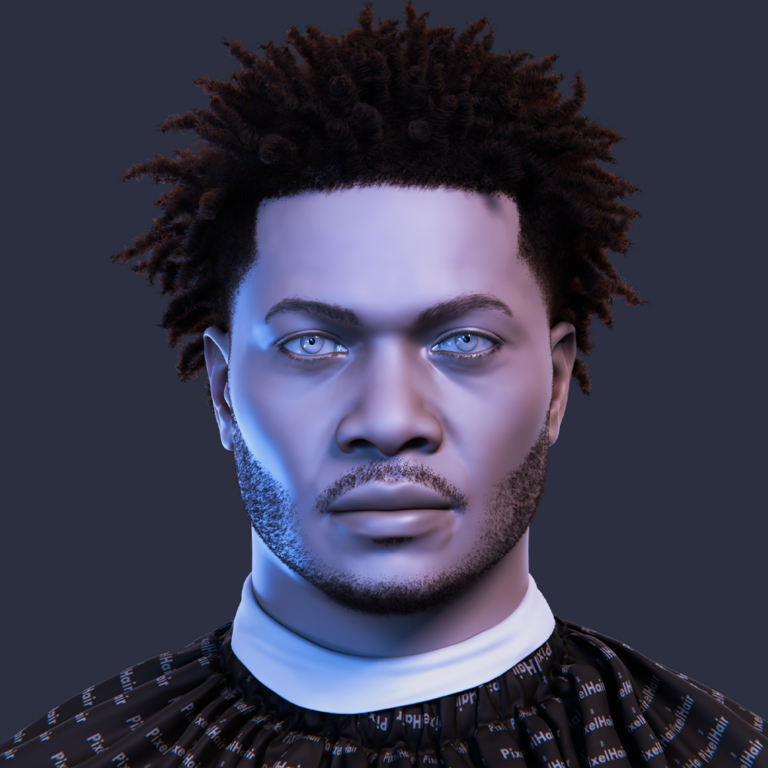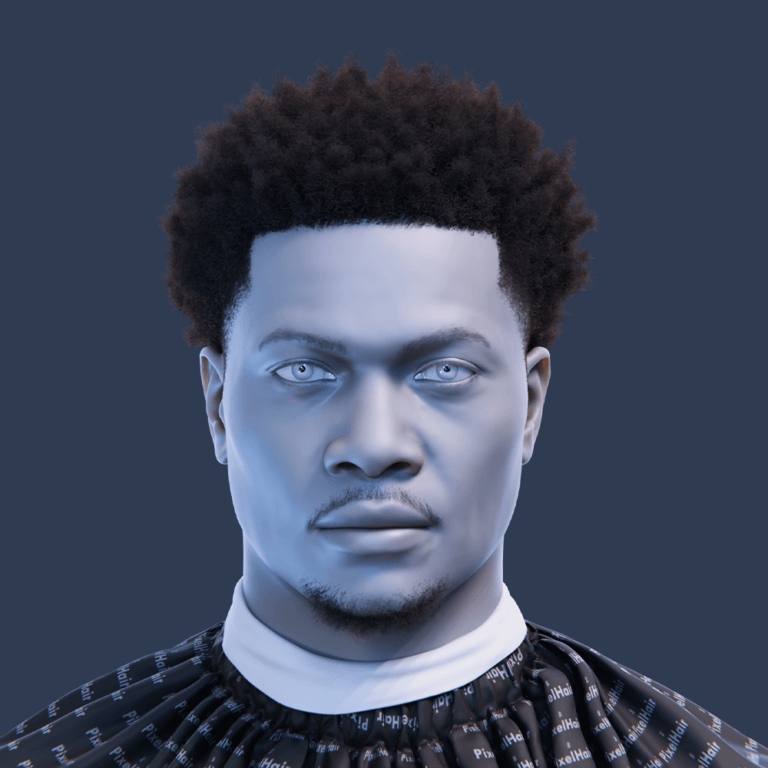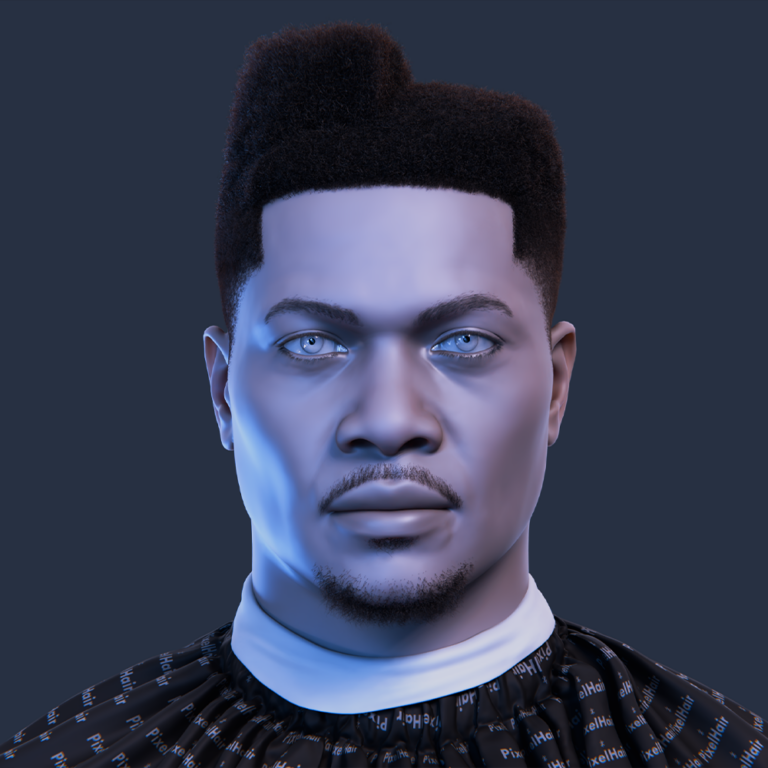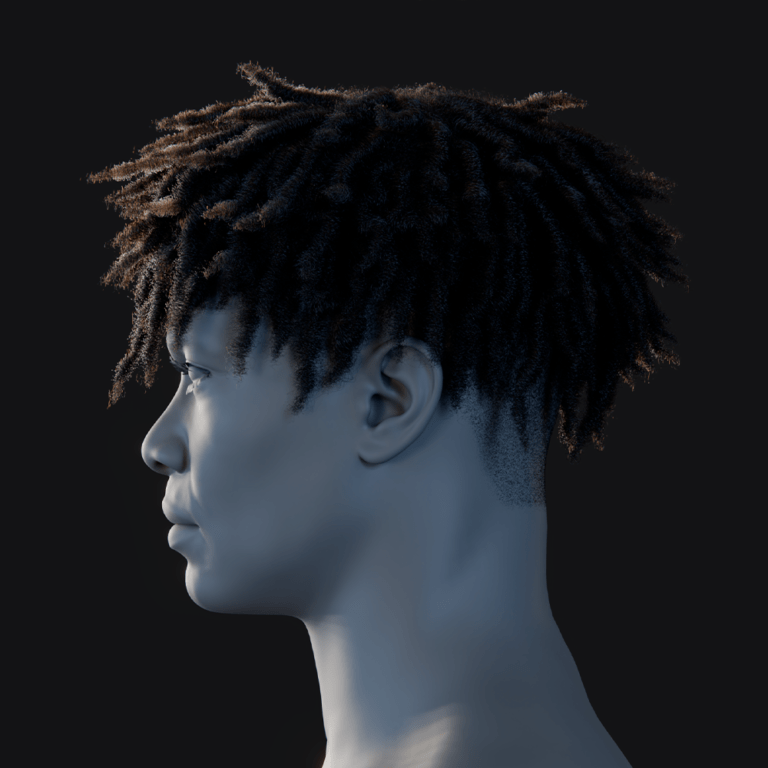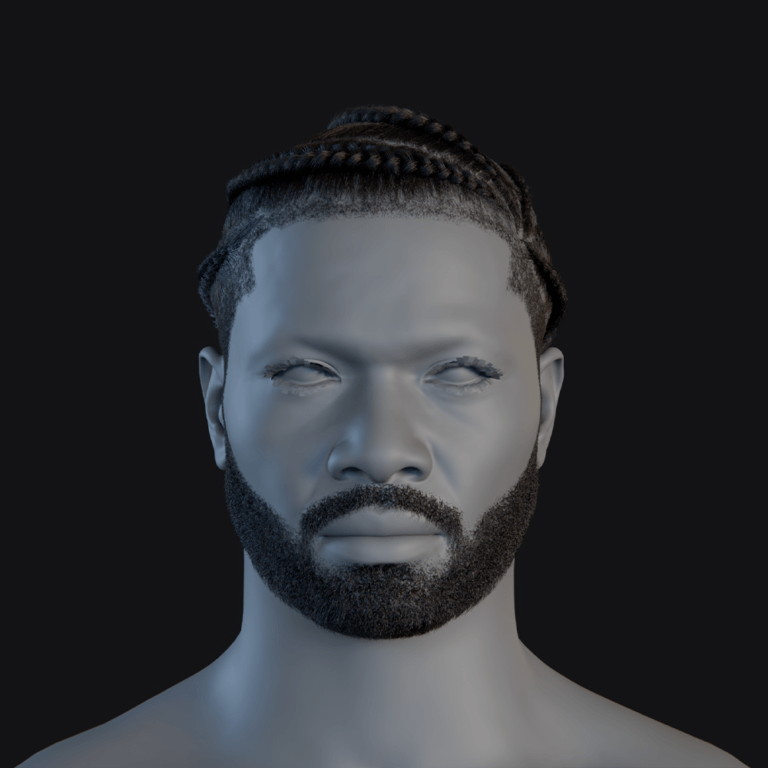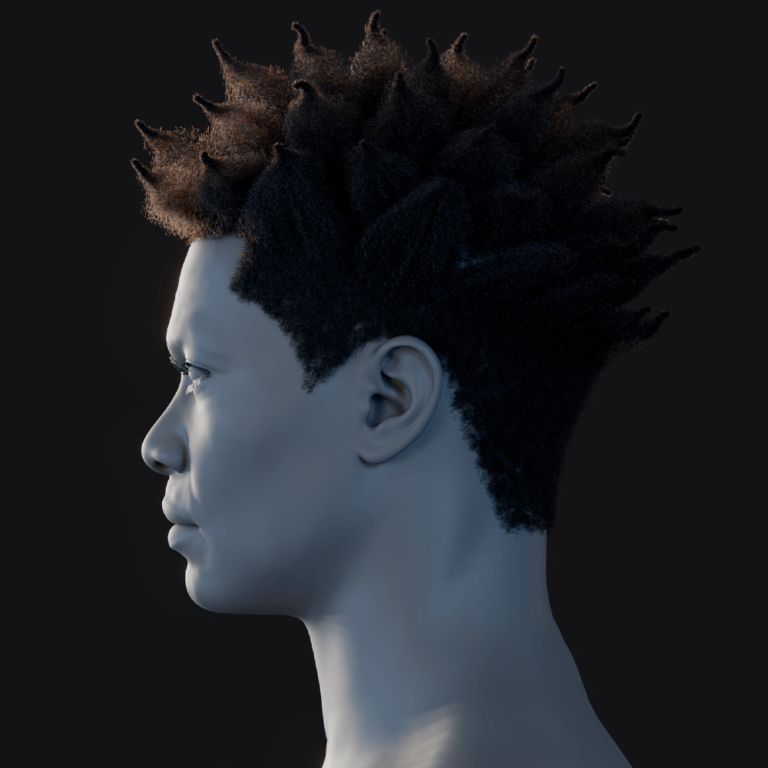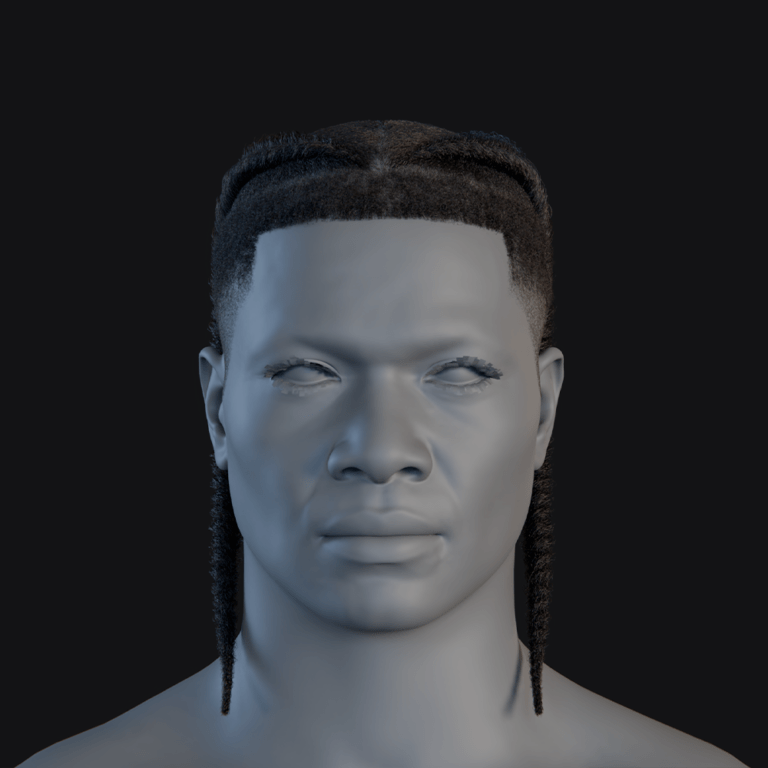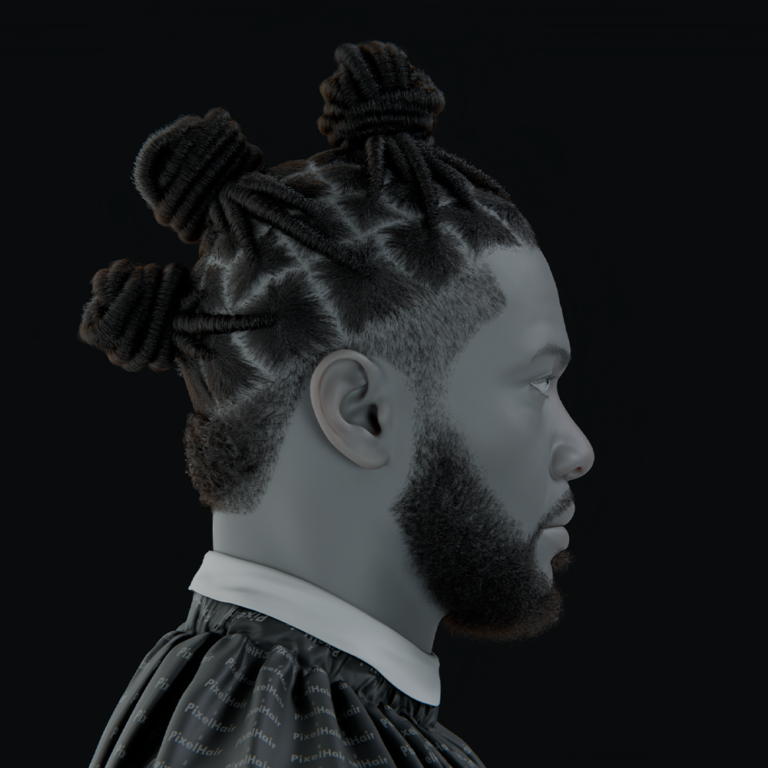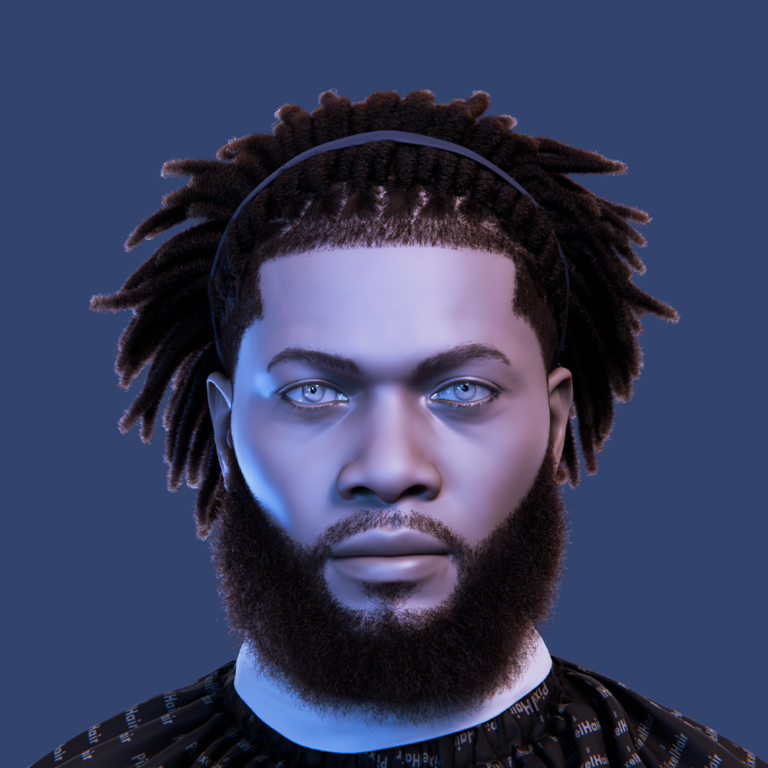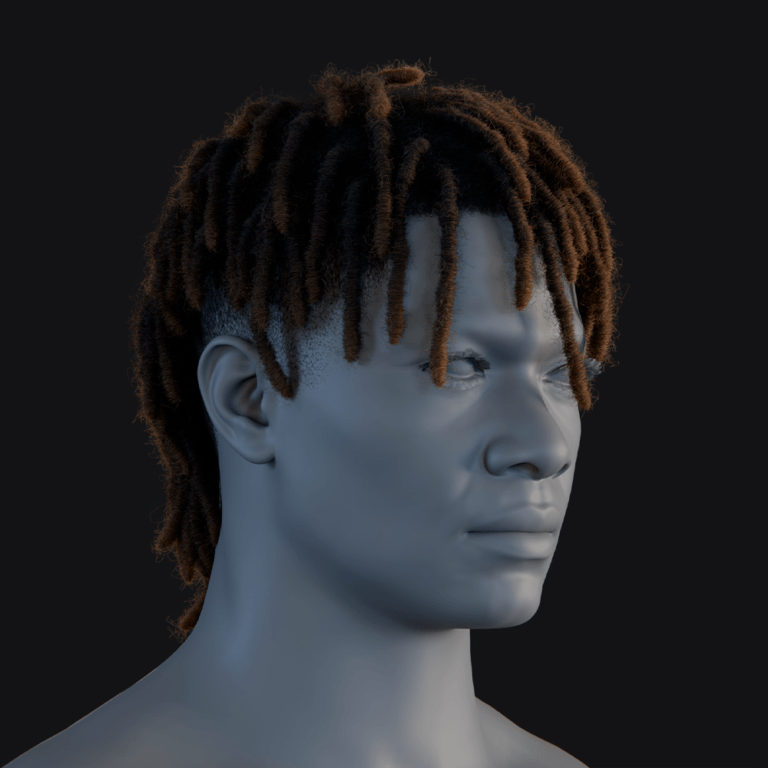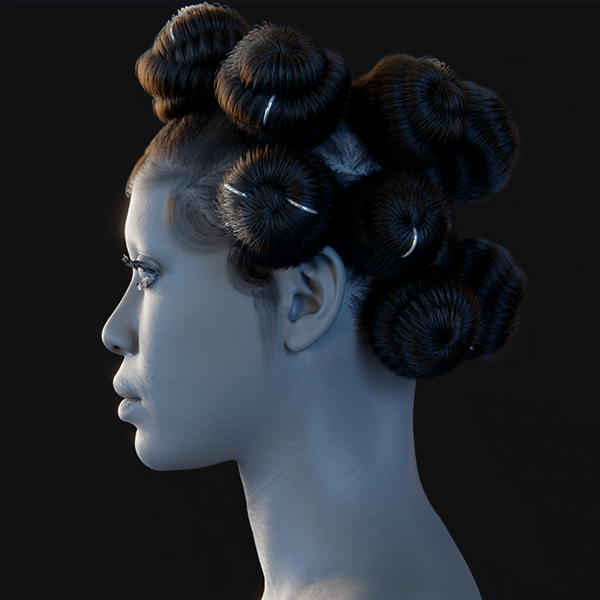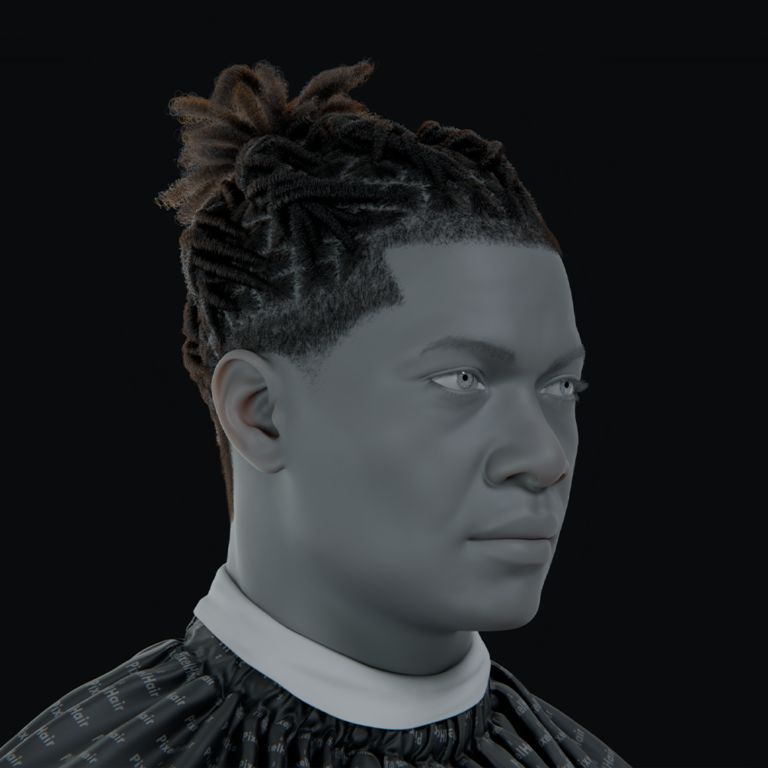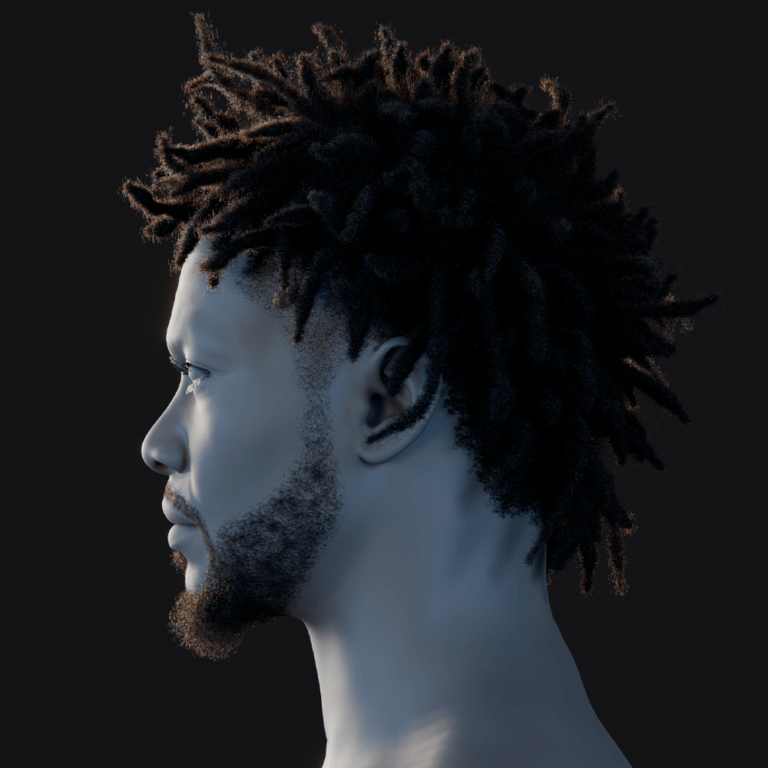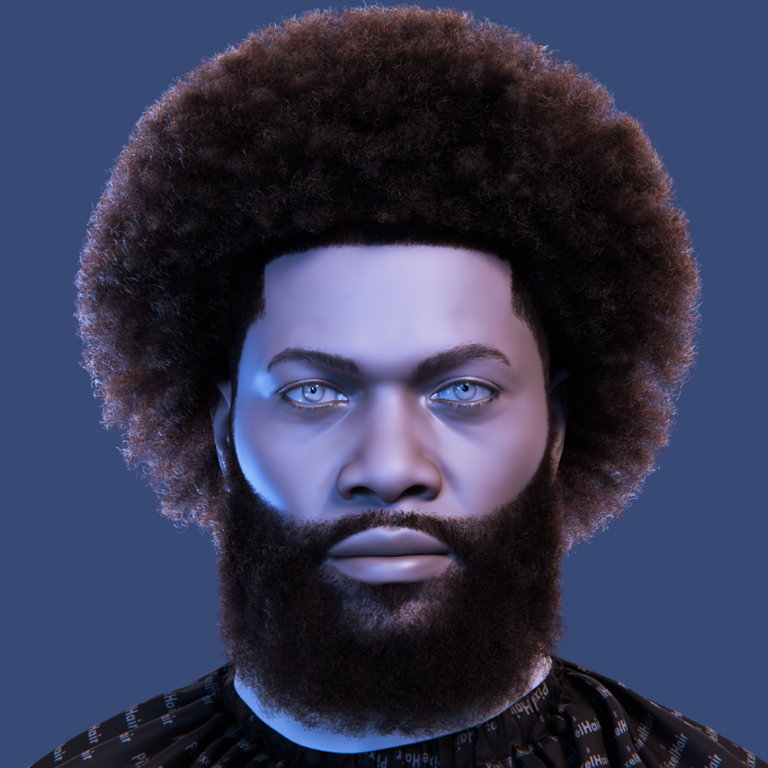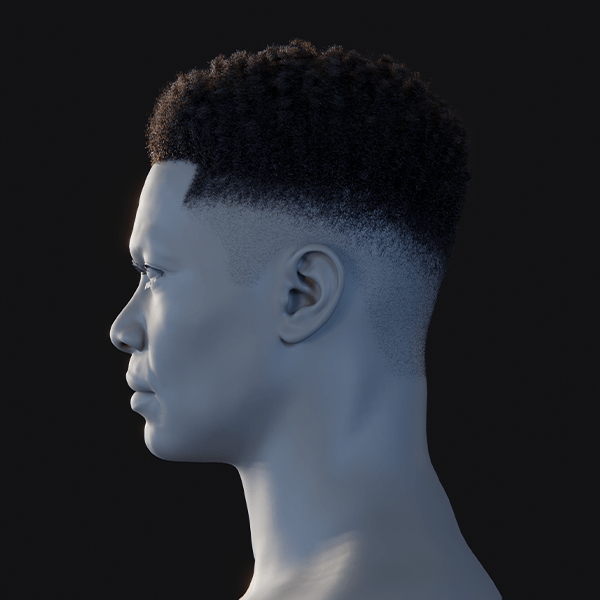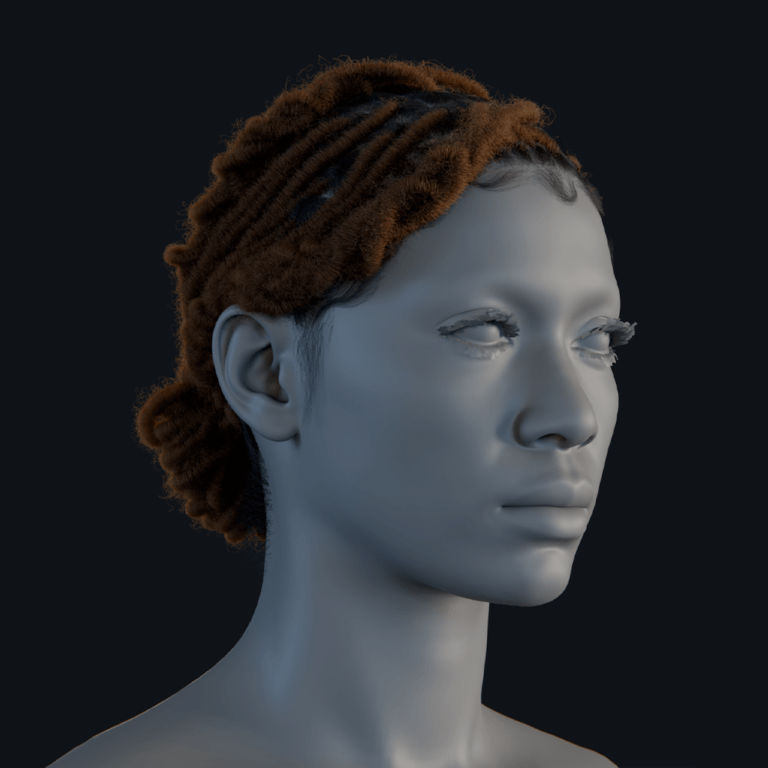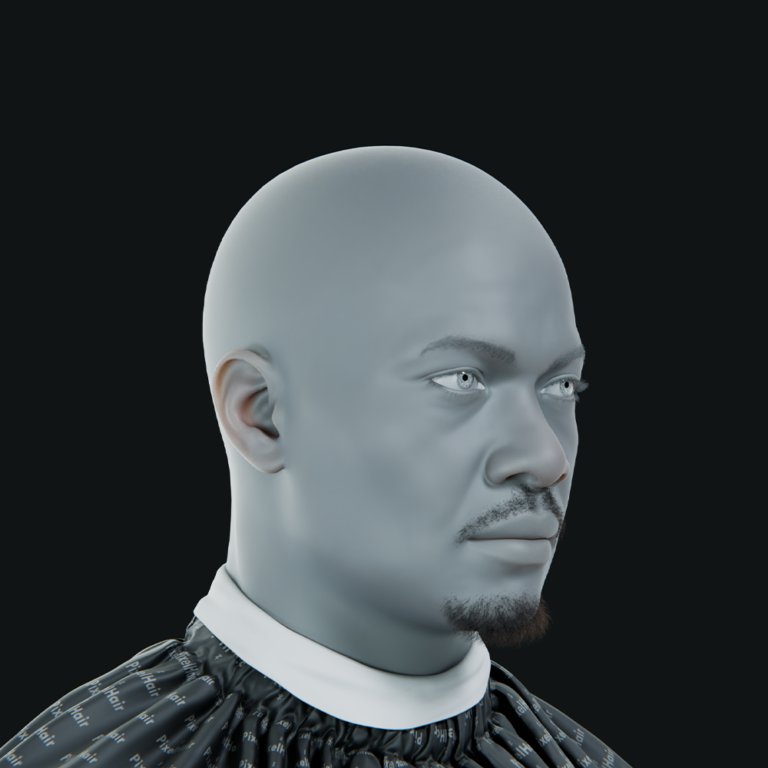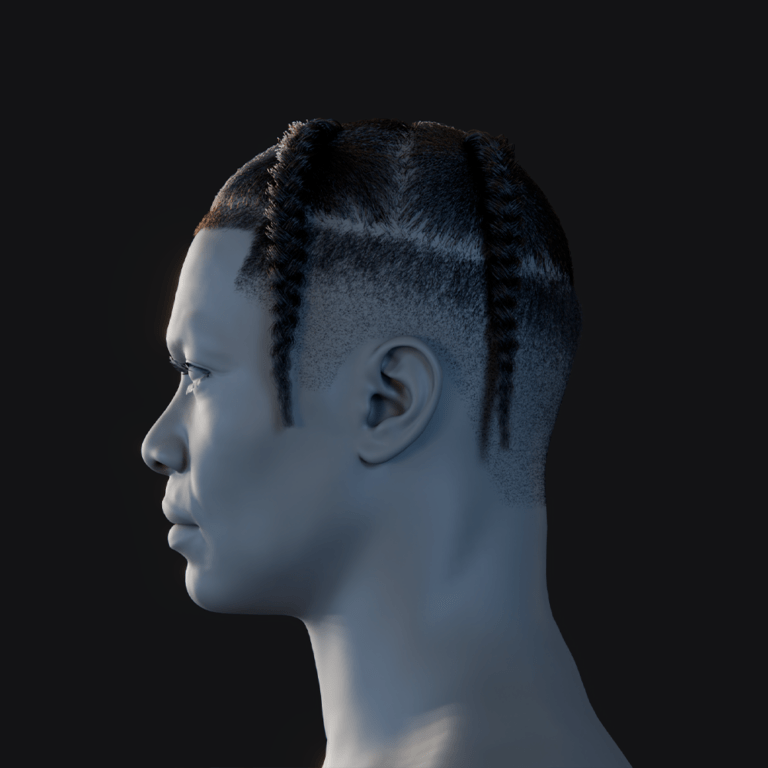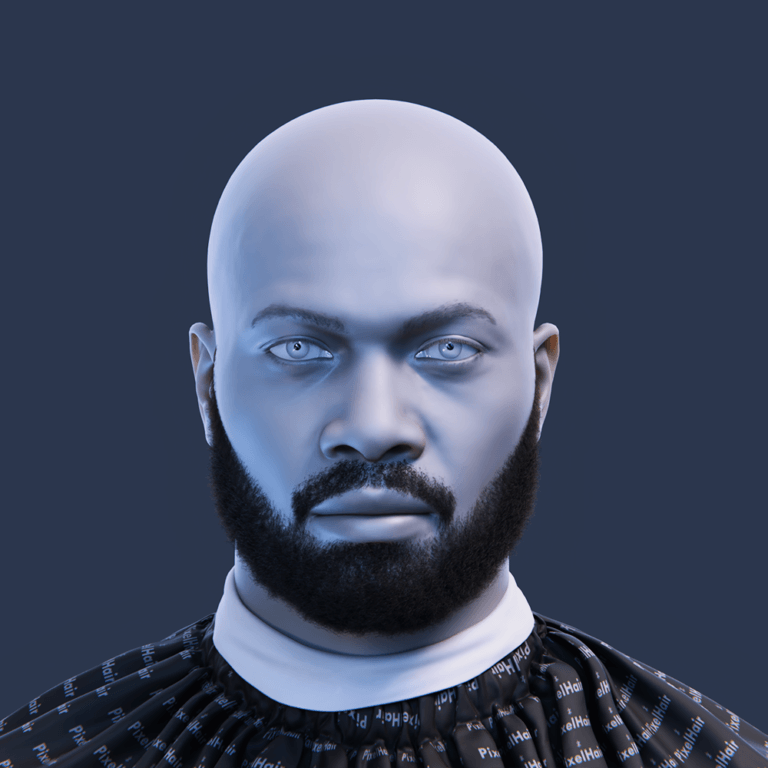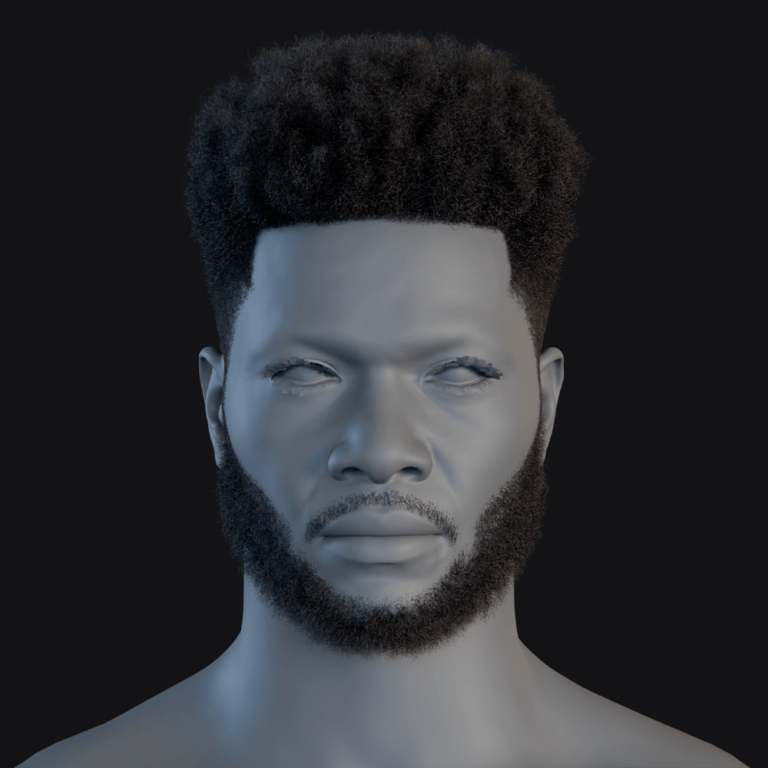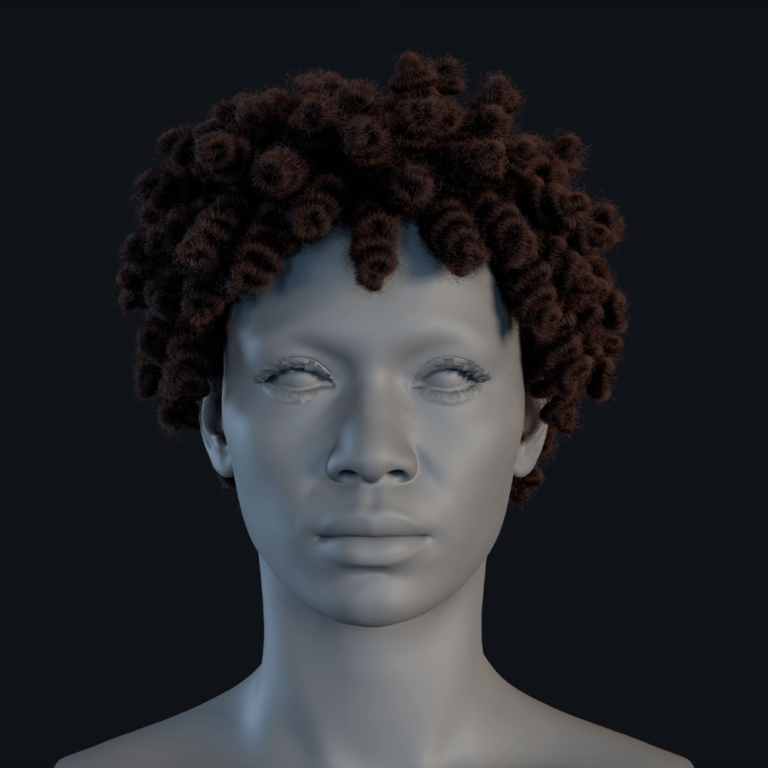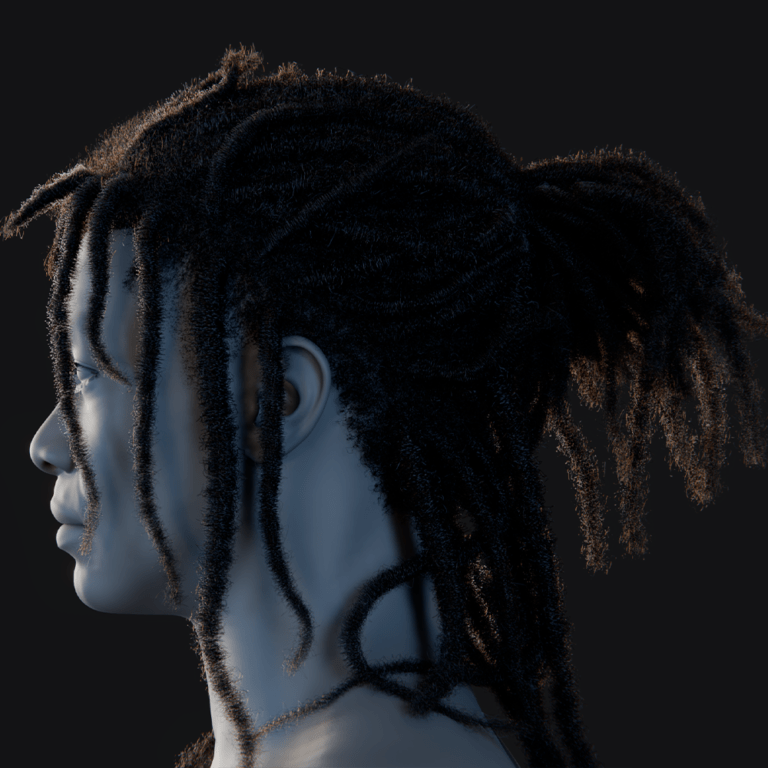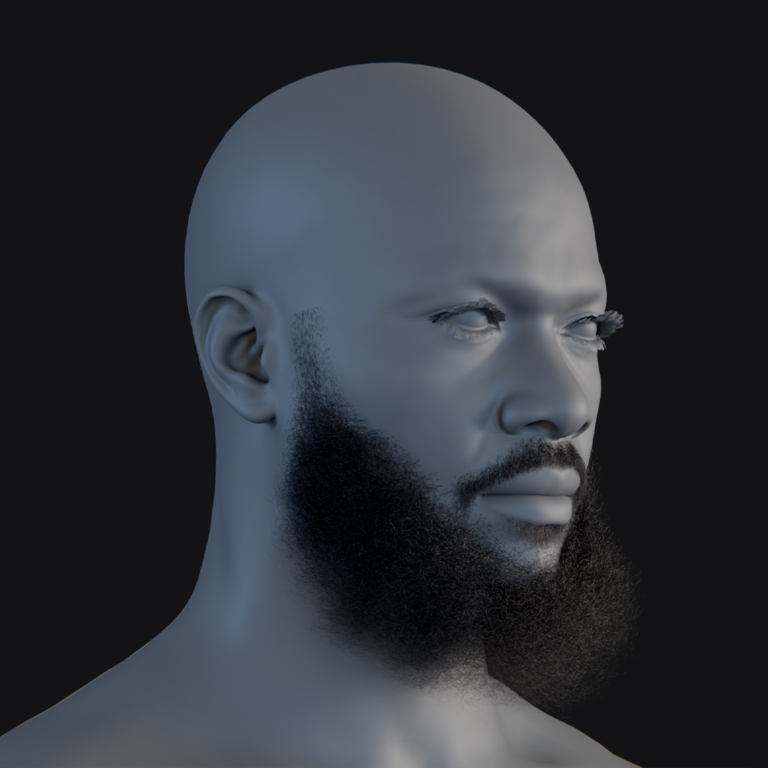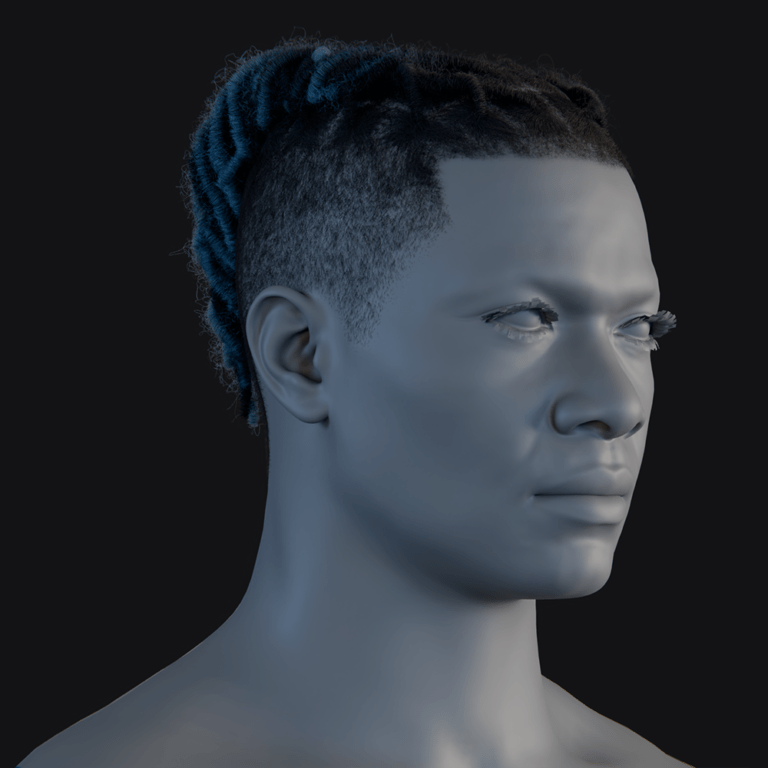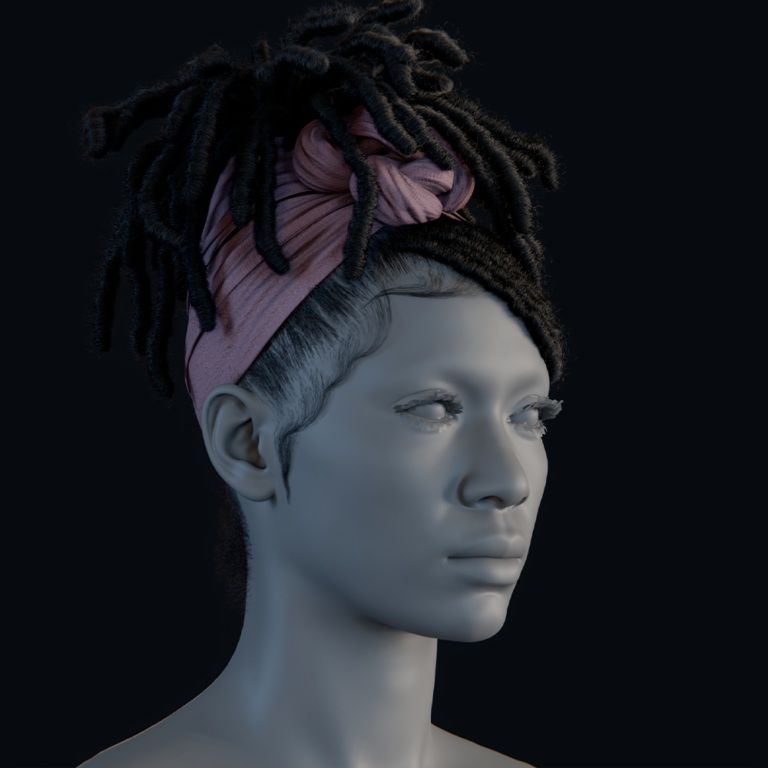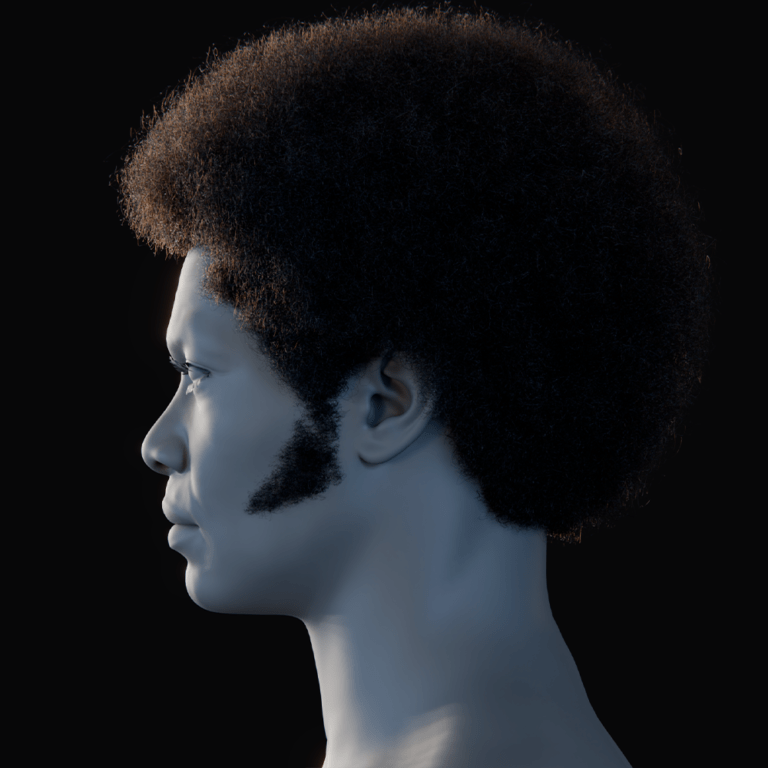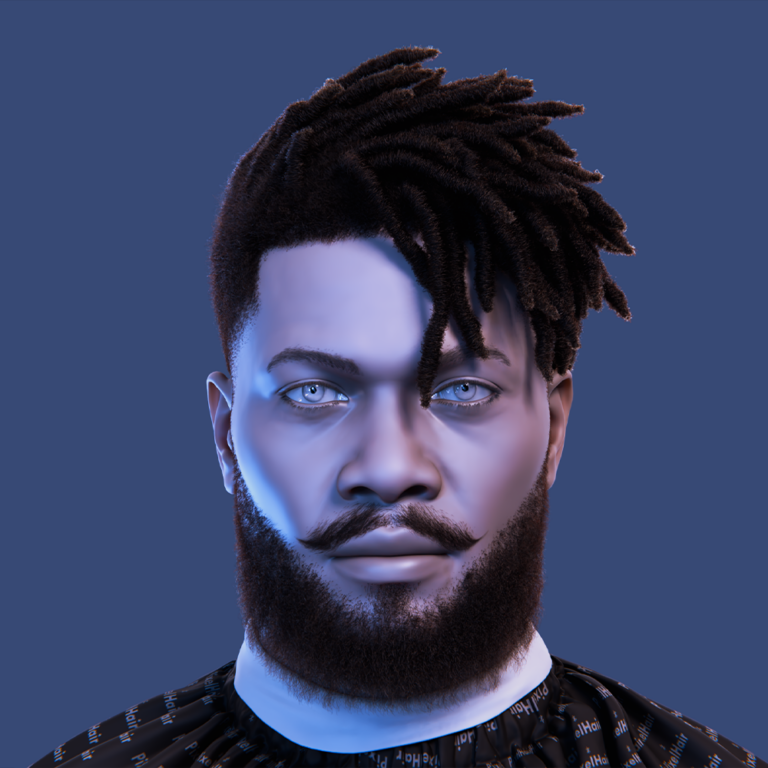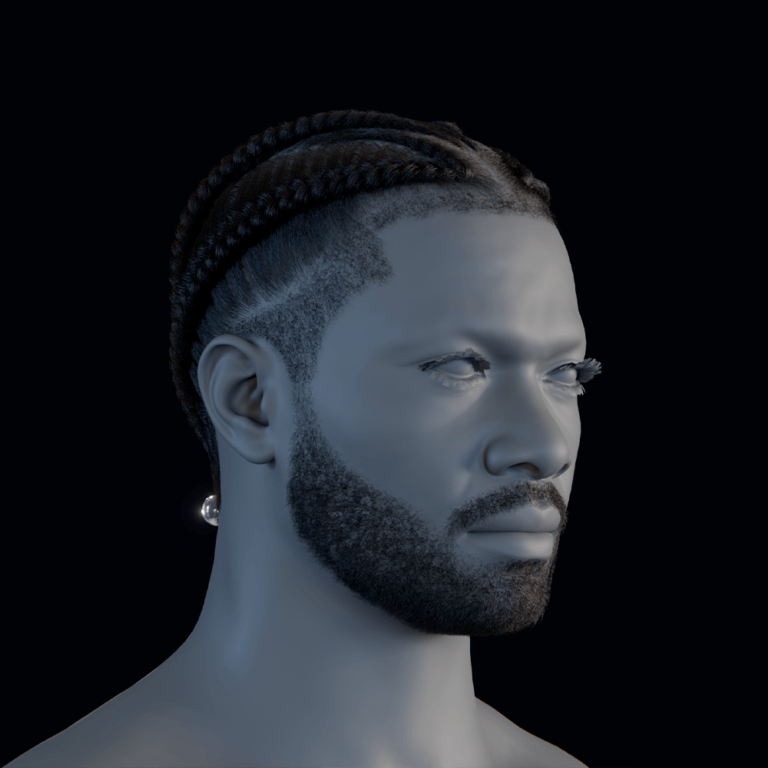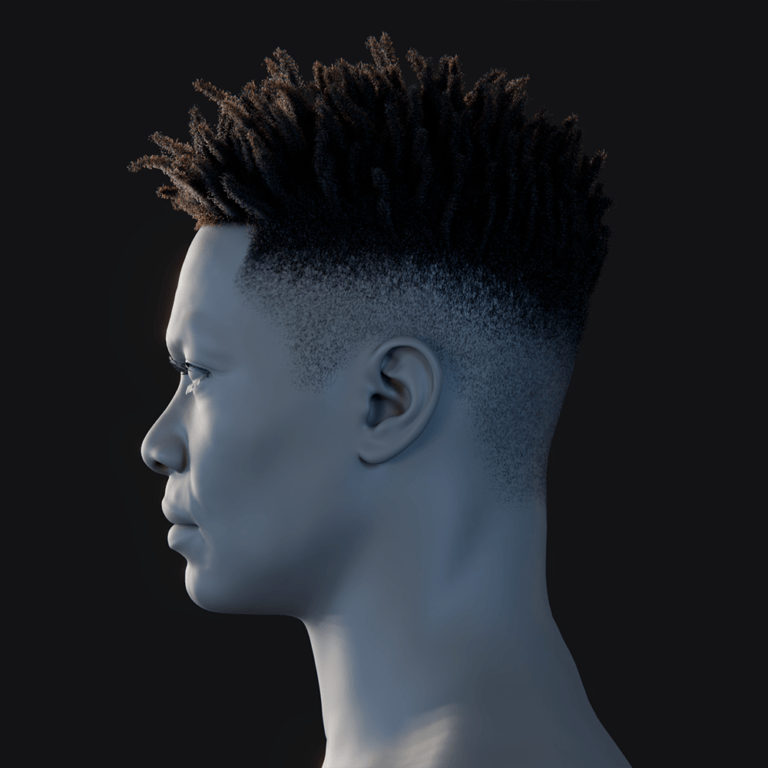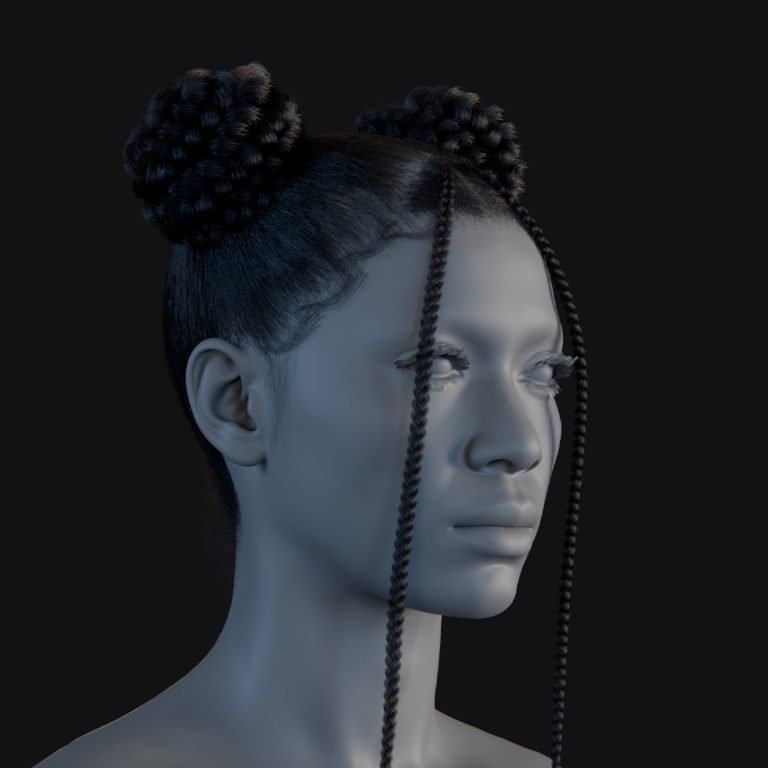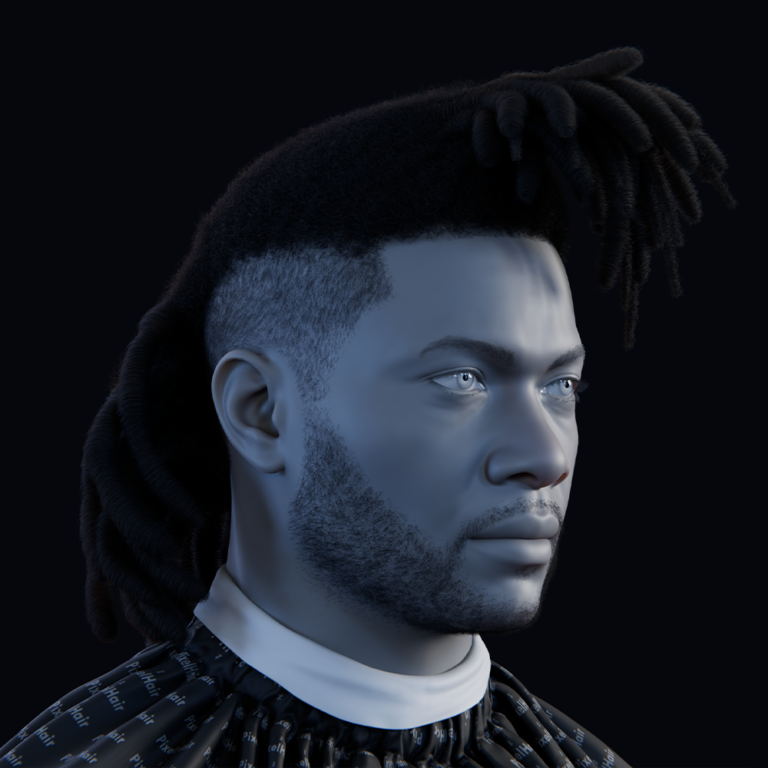What is ALSV4 and why integrate it with Metahuman?
Advanced Locomotion System V4 (ALSV4) and MetaHuman Integration
ALSV4 is a robust Unreal Engine framework offering polished animation blueprints and fluid character movement features like running, sliding, and climbing. It simplifies creating professional-grade third-person controllers. MetaHumans, created via Epic’s MetaHuman Creator, are realistic digital humans with detailed models and facial rigs. Integrating them with ALSV4 replaces the default UE mannequin with a lifelike MetaHuman while retaining ALSV4’s advanced locomotion. This combination saves development time, delivering realistic characters for games or prototypes with minimal effort.
Combining ALSV4’s movement system with MetaHuman’s visual fidelity creates game-ready characters that move and look authentic. Developers benefit from ALSV4’s optimized blueprints for responsive control, now driving a high-quality MetaHuman. This approach is ideal for indie or AAA projects needing believable characters. The process involves animation retargeting and setup, leveraging Unreal Engine 5’s tools for compatibility.
Can you use Metahuman characters with ALSV4 in Unreal Engine 5?
Yes – MetaHuman characters can absolutely be used with ALSV4 in Unreal Engine 5, with a bit of setup. What does it take? :
- Compatibility with Setup: MetaHuman characters are compatible with ALSV4 in Unreal Engine 5 through animation retargeting. Originally designed for the UE mannequin, ALSV4 adapts to MetaHumans using UE5’s IK Rig and IK Retargeter tools. These streamline the process compared to UE4, making integration more accurate. Community resources and Epic’s documentation support this workflow for successful implementation.
- UE5 Tooling Advantage: UE5’s IK retargeting simplifies integrating MetaHumans with ALSV4, unlike the manual fixes required in UE4. The MetaHuman skeleton, despite extra bones, aligns with the mannequin for retargeting core animations like running or jumping. Both official and community ALSV4 versions support UE5, up to version 5.4. Developers can use blueprints or C++ versions with proper retargeting steps.

What steps are required to retarget ALSV4 animations to Metahuman?
To get a MetaHuman working with ALSV4, the core task is retargeting the ALS animations (which are made for the mannequin skeleton) to the MetaHuman skeleton. Here’s an overview of the steps:
- Import MetaHuman: Start by importing a MetaHuman into UE5 via Quixel Bridge or MetaHuman Creator, ensuring it includes skeletal mesh and rig. Verify the MetaHuman is up-to-date for compatibility with UE5 tools. This step establishes the target character for ALSV4 animations. The process is straightforward with Epic’s provided assets.
- Set Up IK Rigs: Create or locate IK Rig assets for both the ALS mannequin and MetaHuman skeletons. MetaHumans typically include a pre-made IK Rig (e.g., IK_MetaHuman). Define bone chains for spine, arms, and legs in both rigs. This ensures accurate animation mapping during retargeting.
- Create IK Retargeter: Generate an IK Retargeter asset to map ALS animations to the MetaHuman skeleton. Select the ALS IK Rig as the source and MetaHuman IK Rig as the target. Adjust bone chain mappings to account for MetaHuman’s extra bones. This asset facilitates animation transfer in UE5’s visual editor.
- Configure and Export: Map major bone chains in the IK Retargeter, excluding MetaHuman-specific bones like metacarpals. Set a consistent retarget pose (e.g., A-pose) and preview ALS animations on the MetaHuman. Export retargeted animations as new assets. Optionally, retarget the ALS Animation Blueprint for MetaHuman compatibility.
How do I set up IK Retargeter for ALSV4 and Metahuman compatibility?
Setting up the IK Retargeter is a crucial step for accurate animation transfer. Here’s how to do it properly in Unreal Engine 5:
- Prepare IK Rigs: Ensure IK Rigs exist for both ALS mannequin and MetaHuman. MetaHumans include a default IK Rig, while ALS may require creating one or using a community-provided rig. These rigs define bone chains for retargeting. Proper setup is critical for accurate animation transfer.
- Initialize IK Retargeter: Create an IK Retargeter asset, setting the ALS IK Rig as the source and MetaHuman IK Rig as the target. Assign the MetaHuman’s preview mesh for visualization. This setup displays both skeletons for mapping. The process leverages UE5’s intuitive retargeting editor.
- Map Bone Chains: Configure chain mappings, ensuring major chains (e.g., spine, arms) align while setting MetaHuman-specific bones like metacarpals to “None.” Adjust poses if misaligned, such as arm rotations. Fine-tune offsets for natural movement. This prevents distortions in the MetaHuman’s animations.
- Preview and Export: Test ALS animations in the IK Retargeter’s Asset Browser, checking for issues like sliding feet. Adjust mappings or offsets as needed. Export retargeted animations in bulk for the MetaHuman skeleton. These new assets are ready for use in the character blueprint.

What bone mapping is needed when retargeting ALSV4 to Metahuman?
The bone mapping refers to how the source skeleton’s bones correspond to the target skeleton’s bones. Fortunately, the major bones (hips, spine, arms, legs, etc.) between the UE4/UE5 mannequin and MetaHuman are quite similar in naming and position. However, there are important differences to account for:
- Spine and Torso: Map the mannequin’s three spine bones to MetaHuman’s five, using IK chains to distribute motion. The retargeter interpolates extra MetaHuman spine bones for smooth torso movement. Ensure chain definitions cover all relevant bones. This maintains natural posture during animations.
- Arms and Hands: Map upper arm, forearm, and hand bones directly, leaving MetaHuman’s extra twist bones unmapped. Set metacarpal bones to “None” to avoid finger distortions. Finger joints map normally for minor ALS animations. This ensures clean arm and hand motion.
- Legs and Feet: Map thigh, calf, and foot bones one-to-one, including ball and toe bones. IK bones for foot placement may not need mapping if handled runtime. The retargeter aligns leg animations accurately. This supports ALSV4’s precise locomotion features.
- Head and Root: Map head, neck, root, and pelvis bones directly. Exclude MetaHuman’s facial bones, which are handled separately. Verify root motion settings for proper movement translation. This ensures the MetaHuman’s head follows ALS animations seamlessly.
How do I handle different skeleton hierarchies between ALS and Metahuman?
ALSV4’s mannequin skeleton is simpler, MetaHuman’s is more complex (with extra helper bones). Here are strategies to handle these differences:
- Leverage Retargeting Tools: UE5’s IK Retargeter abstracts hierarchy differences, mapping chains despite MetaHuman’s extra bones. Define equivalent chains (e.g., spine) to interpolate motion across additional bones. Proper configuration minimizes manual adjustments. This approach simplifies complex hierarchy integration.
- Align Retarget Poses: Ensure both skeletons use an A-pose to neutralize pose differences. Adjust MetaHuman’s pose if needed to match the mannequin. This alignment prevents animation offsets, like raised arms. Consistent poses are key for accurate retargeting.
- Manage Virtual Bones: Add any ALS-required virtual bones (e.g., for foot IK) to the MetaHuman skeleton if missing. Alternatively, use runtime retargeting to retain ALS skeleton logic. This ensures compatibility with ALS’s procedural animations. Virtual bones support features like foot placement.
- Skeletal Attachment Option: Attach the MetaHuman mesh to the ALS mannequin using a Master Pose Component, bypassing full retargeting. Hide the mannequin with an invisible material. This syncs motion while accommodating hierarchy differences. It’s an efficient alternative for complex integrations.

How do I replace the ALSV4 mannequin with a Metahuman character?
After retargeting animations, the next step is to swap out the default ALS mannequin with your MetaHuman in the character blueprint. There are a couple of ways to do this, but let’s outline a straightforward approach:
- Create New Blueprint: Duplicate the ALS character blueprint to preserve the original, naming it for the MetaHuman. Replace the skeletal mesh with the MetaHuman’s body mesh. Adjust scale if needed to match mannequin proportions. This sets up the MetaHuman as the primary character.
- Add Face Mesh: Incorporate the MetaHuman’s face mesh as a separate component, parenting it to the body mesh. Use SetLeaderPoseComponent to sync face motion with the body. Add hair or clothing meshes if applicable. This ensures all parts move cohesively.
- Assign Animation Blueprint: Set the body mesh to use the retargeted MetaHuman Animation Blueprint. Verify blueprint logic doesn’t override MetaHuman materials or physics assets. Update GameMode to spawn the new blueprint. This integrates ALS logic with the MetaHuman character.
- Alternative Master Pose: Keep the ALS mannequin mesh hidden and attach the MetaHuman mesh, using the original AnimBP with a retarget node. This avoids retargeting the AnimBP but requires managing a dummy mesh. It’s a viable option for simpler setups.
Can I keep facial animations while using ALSV4 with Metahuman?
Yes, you can keep and use facial animations on a MetaHuman while using ALSV4 for the body. The body locomotion from ALSV4 and the facial animations are largely independent systems, so they can work in parallel. Here’s how to ensure you retain facial capabilities:
- Independent Facial Rig: MetaHuman’s facial bones are separate from ALSV4’s body animations, allowing parallel facial animation control. Use the MetaHuman’s facial AnimBP for expressions like blinking. This preserves facial rigging capabilities. ALS focuses solely on body motion.
- Sync Face and Body: Use SetLeaderPoseComponent to attach the face mesh to the body, ensuring it follows head movements. The facial AnimBP layers expressions without conflicting with ALS body animations. This maintains seamless integration. Head rotations blend naturally with facial motion.
- Live Link Support: Drive facial animations with Live Link for real-time capture during ALS body movement. The MetaHuman blueprint supports LiveLink components for facial input. This enables dynamic expressions in cutscenes or gameplay. ALS and LiveLink operate independently.
- Blending Animations: For single-mesh MetaHumans, blend facial animations within the AnimBP using layers or control rigs. For standard dual-mesh setups, separate AnimBPs simplify management. Trigger facial montages as needed. This flexibility supports emotive performances alongside ALS locomotion.

How do I attach ALSV4 animation blueprints to Metahuman characters?
Attaching the ALSV4 animation blueprint to a MetaHuman involves integrating ALS’s animation logic with the MetaHuman’s skeletal mesh. This can be achieved through two methods: offline retargeting or dynamic runtime retargeting, each ensuring the MetaHuman adopts ALS animations.
- Retargeting the ALS Animation Blueprint to MetaHuman skeleton (Offline approach):
- In the Character Blueprint, click on the MetaHuman’s body SkeletalMeshComponent: Select the MetaHuman’s skeletal mesh in the blueprint to access its properties. This allows configuration of animation settings. Setting the correct AnimBP is crucial. This ensures ALS logic drives the MetaHuman.
- In the Details panel, find Animation Mode – set to Use Animation Blueprint: Enable Animation Blueprint mode to activate the AnimBP. This mode allows the skeletal mesh to use ALS’s state machine. It’s a standard step for blueprint integration. The MetaHuman now uses the retargeted AnimBP.
- Then set the Anim Class to your MetaHuman-specific anim blueprint: Assign the retargeted ALS AnimBP (e.g., ABP_ALS_MetaHuman) to the skeletal mesh. This blueprint contains ALS’s logic tailored for the MetaHuman skeleton. Compilation activates the animations. The MetaHuman now moves with ALS states.
- Using the original ALS AnimBP with runtime retarget (Dynamic approach):
- The mannequin mesh uses the original ALS AnimBP: The hidden mannequin mesh runs the original ALS AnimBP. This serves as the animation source for retargeting. It maintains ALS’s native logic. The setup ensures consistent animation output.
- The MetaHuman mesh uses this special AnimBP that contains the RetargetPoseFromMesh node: The MetaHuman’s AnimBP uses a RetargetPoseFromMesh node to copy the mannequin’s poses. This node references the IK Retargeter asset for real-time retargeting. It simplifies AnimBP maintenance. The MetaHuman mirrors the mannequin’s animations.
- Both meshes are components of the same character: The mannequin and MetaHuman meshes coexist in the character blueprint. The mannequin can be the main mesh or a child component. This structure supports dynamic retargeting. The setup ensures synchronized animation.
- You must ensure the source mesh (mannequin) is ticked and running even if hidden: Set the mannequin’s Visibility Based Anim Tick Option to “Always Tick Pose and Refresh Bones” or use an invisible material. This prevents Unreal from disabling animation updates. It maintains retargeting functionality. The MetaHuman’s animations remain active.
What are common problems when integrating Metahuman with ALSV4 and how to fix them?
Integrating MetaHumans with ALSV4 can present challenges, but solutions exist for common issues. Below are the problems developers encounter and their fixes, ensuring smooth integration.

- Problem: T-Pose or Idle Pose Only (No animation on MetaHuman): The MetaHuman may remain static if the AnimBP isn’t applied or retargeted correctly. This occurs when the skeletal mesh lacks the proper AnimBP or the RetargetPoseFromMesh node fails due to a hidden source mesh. To fix, assign the ALS AnimBP to the MetaHuman’s skeletal mesh and ensure the source mesh ticks when hidden. Verify the IK Retargeter asset is selected in the RetargetPose node to connect the animation pipeline. This ensures animations play as intended. Proper setup restores dynamic MetaHuman movement.
- Problem: MetaHuman appears deformed – e.g., huge or tiny, mesh stretched oddly at runtime: Deformations arise from incorrect skeleton scales or retarget root settings, causing size or offset issues. Misaligned transformations during mesh attachment can also distort the MetaHuman. Ensure the MetaHuman mesh has a scale of (1,1,1) and aligns rotationally with the ALS mannequin. In the retargeter, confirm both skeletons share the same reference pose size and adjust root translation scaling if needed. Setting “Scale Retargeting” to Skeleton for root and pelvis bones corrects scaling issues. This maintains proper proportions at runtime.
- Problem: Feet sliding or not planting on ground properly: Foot sliding results from non-functional foot IK or leg length discrepancies. The ALS control rig, designed for the mannequin, may not apply to MetaHuman skeletons, causing misalignment. Two fixes exist:
- Disable the foot IK control rig: Bypass the control rig in the MetaHuman AnimBP by connecting the default animation slot to the output, sacrificing foot grounding but stopping sliding. This is a quick workaround for basic functionality.
- Implement a new foot IK for the MetaHuman: Use Unreal’s IK bones or a MetaHuman-specific ControlRig, referencing MetaHuman foot bones. Adjust stride or anim curves for minor sliding, or rely on the runtime retarget method to preserve foot placement. This ensures accurate foot grounding tailored to the MetaHuman.
- Problem: Hand IK or weapon grip is off: Misaligned hand IK stems from differing arm lengths or missing virtual bones for IK in ALS’s combat setups. To resolve, add virtual bones from hand to IK targets if needed and retarget hand IK animations. Ensure IK logic references correct MetaHuman bone names and retarget Aim Offset assets. Testing and adjusting socket positions or offsets in-game corrects grip alignment. This ensures precise hand positioning for weapons or objects.
- Problem: Animation Layer Blending issues – e.g., upper body animations not layering correctly: Incorrect bone names or missing bones in layered blends cause improper blending, like odd poses during state transitions. In the MetaHuman AnimBP, update Layered Blend per Bone nodes to include MetaHuman-specific bones, such as Spine_05. Check AnimGraph or EventGraph for outdated bone references. Adding necessary bones to blend filters ensures smooth upper body layering. This corrects blending for natural animation transitions.
- Problem: MetaHuman hair or clothing lagging behind or not aligning during fast movement: Hair or clothing lag occurs if components aren’t properly attached or physics simulations (e.g., Chaos cloth) cause delays. Attach all MetaHuman parts to the main skeletal hierarchy or leader pose, ensuring hair Grooms update with the head bone. Minor lag in cloth physics is acceptable but can be minimized. This keeps accessories aligned during rapid movements.
- Problem: Crash or weird errors after swapping meshes: Crashes result from outdated anim instance class references post-retargeting, especially with custom ALSAnimInstance classes. Ensure the MetaHuman’s AnimBP is valid and references the correct anim instance class. Reparent the AnimBP if needed and confirm the ALS plugin is enabled. This stabilizes the integration and prevents runtime errors.
- Problem: Ragdoll behaves strangely (character spaghettifies or doesn’t collapse correctly): Misconfigured physics assets or Chaos physics incompatibilities cause erratic ragdoll behavior, exacerbated by MetaHuman’s extra bones. Adjust the MetaHuman’s Physics Asset to include collisions and constraints for key bones, excluding facial or finger physics bodies. Reduce constraint stiffness or regenerate the physics asset for stability. Align the asset with ALS’s ragdoll triggers to ensure proper collapse. This results in a realistic ragdoll effect.
- Problem: Performance drops: MetaHumans’ high vertex and bone counts, combined with ALS’s tick, strain performance. Use LODs, switch to hair cards at distance, or select medium-quality MetaHuman settings. Avoid running both mannequin and MetaHuman anim instances unnecessarily. Profile to identify bottlenecks, optimizing rendering or animation threads. These steps restore smooth gameplay performance.
Can I use Metahuman facial animation with ALSV4 gameplay movement?
MetaHuman facial animation can be seamlessly combined with ALSV4 movement in Unreal Engine, as they operate on separate body and face skeletons. ALSV4 governs body locomotion, while MetaHuman’s facial rig, using bone-driven or blendshape animations, handles expressions like talking or lip-syncing. These systems integrate without conflict, allowing a character to run while showing nuanced facial emotions. Synchronization is achieved through linked Animation Blueprints or event triggers, ensuring no lag between body and face. This setup supports dynamic gameplay scenarios, such as dialogue during movement, using tools like facial AnimBPs, morph targets, or Live Link.
How to do it:
- Body movement from ALS AnimBP: ALSV4 controls the body skeleton for locomotion, leaving facial bones unaffected. This ensures smooth integration with facial animations. The system is designed for realistic movement. It operates independently of facial controls.
- Facial animation via AnimBP or morph targets: MetaHuman’s facial rig uses a separate face skeleton or ARKit blendshapes. Animations can be keyframed, driven by Live Link, or triggered by events. This allows expressive facial performances. It integrates seamlessly with body motion.
- No conflict with face bones: ALSV4 doesn’t affect facial bones, connected only at the neck joint. Facial child bones can be animated freely. This separation prevents technical conflicts. Synchronization is a design consideration, not a limitation.
- Synchronization via linked AnimBPs: Linked Animation Blueprints ensure face and body animations tick together, avoiding frame lag. This guarantees synchronized performance in gameplay. Triggers like animation notifies can coordinate specific actions. The MetaHuman sample demonstrates this integration.
Implementing facial animations in-game:
- Facial AnimBP for events: A facial AnimBP can trigger expressions based on gameplay events, like a determined look during a sprint. Morph targets or animation assets drive these changes. This adds emotional depth to characters. It’s fully compatible with ALSV4.
- Spoken lines with lipsync: Dialogue can trigger facial animations or lipsync via montage slots or Sequencer for cutscenes. Audio-driven viseme curves animate blendshapes independently. This ensures realistic speech during movement. ALSV4 continues to handle body actions.
- Linked Animation Blueprints for sync: Linked AnimBPs synchronize face and body animations on the same tick. This prevents visual disconnects in real-time gameplay. Manual integration is also viable with proper ticking. The MetaHuman sample showcases this setup.

How can PixelHair be used to add high-quality, hairstyles to Metahuman characters using ALSV4 movement systems?
PixelHair enhances MetaHuman characters with diverse, realistic 3D hairstyles, compatible with Unreal Engine and ALSV4 movement. By attaching PixelHair assets to the MetaHuman’s head bone, they seamlessly follow ALSV4 animations, supporting physics for dynamic motion. This combination allows for customized, high-quality character appearances without disrupting locomotion. Here’s how PixelHair integrates:
- PixelHair assets compatibility: PixelHair provides hair grooms or mesh hair, exportable to Unreal as Groom components or static meshes. Designed to fit MetaHuman heads, they ensure seamless integration. These assets maintain compatibility with Unreal’s rendering systems. They can be imported directly for use.
- Adding PixelHair to a MetaHuman: Import PixelHair into Unreal, then attach it as a Groom or Skeletal Mesh component to the MetaHuman’s head bone in the blueprint. Adjust positioning if needed to align with the scalp. This ensures the hair moves with the character. The process follows PixelHair’s provided documentation.
- Using PixelHair in ALS context: Attached PixelHair follows ALSV4 head movements during actions like running or jumping. No additional retargeting is required for hair. The hair remains stable during locomotion animations. This ensures visual consistency across movements.
- Physics and simulation: PixelHair supports Unreal’s Chaos hair physics for dynamic effects, like bouncing ponytails. ALSV4 does not interfere with these simulations. Proper collision and wind settings enhance realism. Physics settings should be optimized for performance.
- Swapping hairstyles: PixelHair allows multiple hairstyle variations across MetaHumans using the same ALSV4 system. This diversifies character appearances without altering animations. It’s ideal for creating unique characters efficiently. The approach suits indie and large-scale projects.
- LOD and Optimization: PixelHair’s high-poly hair caps (~18k polygons) require LODs for performance in ALSV4’s third-person view. Use Unreal’s Groom or static mesh LOD systems. This balances visual quality and frame rate. Optimization is critical for gameplay.
- Combining PixelHair with MetaHuman face and ALS body: PixelHair, MetaHuman faces, and ALSV4 create characters with custom hairstyles and smooth locomotion. For example, an Afro hairstyle bounces realistically during parkour. This enhances visual immersion. The combination leverages each system’s strengths.
- Setup example: Import a PixelHair “Long Dreads” asset, attach it to the MetaHuman’s head, and adjust fit. Test with an ALSV4 run animation to ensure stability. The hair moves naturally with the character. PixelHair’s fitting instructions simplify this process.
How do I enable aim offsets and turning in place with Metahuman and ALSV4?
Enabling aim offsets and turning in place for MetaHumans with ALSV4 involves retargeting specific animations and ensuring AnimBP integration. These features allow smooth upper body and head adjustments during camera movement or in-place rotation:
- Aim Offsets: Retarget ALSV4’s aim offset animations (blendspace or poses) to the MetaHuman skeleton, ensuring neck and head bones are included. Verify the AnimBP applies these to the correct bones. Tweak poses if the MetaHuman’s stance alters rotation range. Runtime retargeting often handles this automatically.
- Check the AnimBP: Confirm the aim offset node targets MetaHuman’s neck and head bones in the AnimBP. This ensures proper upper body rotation. Misaligned bones can reduce effect. Adjustments may be needed for extra spine bones.
- Tweak poses if needed: Adjust retargeted aim offset poses for MetaHuman’s shoulder stance if rotation seems limited. This enhances visual realism. It’s optional for basic functionality. Subtle tweaks can improve head movement.
- Runtime retargeting: If using IK retargeting, the original aim offset applies frame-by-frame to the MetaHuman. This minimizes setup effort. It typically works without additional tweaks. Ensure the retargeter is correctly configured.
- Turning In Place: Retarget ALSV4’s turn-in-place animations (e.g., 90°/180° turns) to the MetaHuman. The AnimBP triggers these based on rotation thresholds. Ensure foot IK and root motion prevent sliding during turns. Minor animation adjustments may be needed for proportions.
- Prevent foot sliding: Verify retargeted turn animations use correct root motion or foot locking. This keeps feet grounded during pivots. Sliding indicates misaligned animations. Foot IK settings can resolve this.
- Adjust for proportions: Tweak turn animations if MetaHuman’s proportions cause visual issues, like foot popping. This is usually minor. Proper retargeting minimizes adjustments. Test rotations to confirm stability.
- Updating blueprint references: Update the AnimBP to reference the MetaHuman’s aim offset or turn animation assets if retargeted separately. Ensure names match to avoid linkage issues. Overwriting with same names simplifies this. Check for correct asset assignments.
- Bone hierarchy effect: Distribute aim offset rotations across MetaHuman’s extra spine bones (e.g., spine_04/05) for realistic arcs. Adjust poses to include these bones if needed. This enhances upper body movement. It’s optional for basic functionality.
- Testing Aim and Turn:
- Camera movement test: Move the camera while idle to check aim offset; the MetaHuman’s head should follow smoothly. Ensure “Looking” mode or aiming conditions are active. Inactive nodes cause no movement. Verify blueprint settings.
- Turn-in-place test: Rotate the character slowly in place to trigger turn animations. Feet should pivot correctly without shuffling. Check AnimMontages for turn animations. Misretargeted animations cause visual errors.

Is full-body IK supported when combining ALSV4 with Metahuman?
Integrating MetaHumans with ALSV4 in Unreal Engine 5 enables advanced locomotion and realistic character animation. Below is a summarized guide addressing full-body IK, performance optimization, animation blending, input management, ragdoll/procedural animations, plugins, resources, and ALSV4 support, ensuring compatibility and efficiency.
ALSV4’s foot IK works with MetaHuman skeletons if bone names match, though retargeting may require disabling control rig foot placement. Full-body IK via UE5’s FBIK node can be added to the AnimBP for dynamic adjustments, leveraging MetaHuman’s detailed skeleton. ALSV4 lacks built-in full-body IK, but developers can implement it using FBIK or Control Rigs for advanced interactions like reaching or stance tweaks. This requires custom AnimBP modifications but is fully compatible with MetaHuman.
Full-body IK refers to IK solutions that affect multiple joints of the body (not just a simple two-bone IK for legs). Unreal Engine 5 introduced a FullBody IK node (FBIK) that can solve chains involving spine, arms, etc., for procedural adjustment. ALSV4 by default did not use a full-body IK solver (it used specific hand IK, foot IK setups). However, one might wonder if we can use or extend it to full-body IK with MetaHumans. As of the standard integration:
- ALSV4’s existing IK (foot placement): Foot IK uses two-bone IK and traces for uneven ground. Works with MetaHuman if bones (thigh, calf, foot) align. Retargeting may need control rig adjustments. Ensures proper foot/hand alignment. Compatible with climbing IK.
- Full-Body IK usage: Add UE5’s FBIK node to AnimBP post-ALSV4 pose calculation. Independent of MetaHuman or mannequin. MetaHuman’s extra joints enhance FBIK realism. Supports dynamic hand/foot positioning. Requires setup for special interactions.
How do I optimize Metahuman performance in a gameplay system like ALSV4?
MetaHumans are resource-heavy, but optimizations ensure smooth ALSV4 gameplay. Use LODs, simplify facial details, and switch to hair cards for distant characters. Tune physics, shaders, and AnimBP to reduce costs, leveraging Unreal’s profiling tools and MetaHuman’s latest optimizations for efficiency.
- Use LODs (Level of Detail): MetaHuman’s LODSync adjusts LOD by distance. Force LOD 4 or 5 for distant characters to reduce detail. Set Min LOD for scalability. Lowers mesh and facial rig complexity. Significant performance gain.
- Simplify or Disable Unneeded Facial Details: Use medium-quality MetaHuman for fewer draw calls. Deactivate Facial Pose Component or Live Link in gameplay. Enable full detail for cutscenes only. Reduces rendering overhead. Suits third-person games.
- Use Hair Cards for Hair: Enable hair cards in LOD settings for groom assets. Use simpler hair LODs at distance. Reduces GPU cost significantly. PixelHair should include LOD options. Ideal for non-focused characters.
- Optimize Physics: Disable unnecessary cloth/hair physics or reduce iterations. Limit hair collision. Lowers physics calculation costs. Essential for multiple characters. Maintains gameplay performance.
- Animation Blueprint Performance: Simplify ALS AnimBP by removing unneeded features like foot IK. Optimize tick groups and hidden mesh ticking. Direct retarget reduces AnimBP instances. Minimizes animation overhead. Ensures efficient processing.
- Character Count: Use aggressive LODs for crowds. Replace distant NPCs with proxy models or simpler meshes. Reduces bone count and draw calls. Maintains performance with multiple MetaHumans. Scalable for large scenes.
- Shader Simplification: Simplify skin and eye shaders for gameplay LODs. Reduce subsurface scattering via Scalability settings. Switch to basic eye material. Lowers rendering costs. Balances visual quality.
- Combine Meshes if Possible: Merge face and body meshes for distant MetaHumans. Medium-quality version does this automatically. Reduces draw calls and skeleton updates. Improves animation efficiency. Ideal for low-fidelity scenarios.
- Use Profiling Tools: Use ProfileGPU and stat anim to identify bottlenecks. High Anim thread time suggests LOD bone reduction. Optimize triangles and overdraw for rendering. Pinpoints performance issues. Guides optimization efforts.
- Engine Scalability: Adjust scalability settings to force lower LODs or simpler models at low settings. Provide options to disable detailed hair. Supports lower-end hardware. Enhances performance flexibility. Maintains accessibility.
- Latest MetaHuman Optimizations: Use latest MetaHuman assets (e.g., 1.3) for ~40% performance gains. Include optimized LODs and assets. Reduces rendering and animation costs. Improves gameplay efficiency. Leverages Epic’s updates.
- Tick only when needed: Reduce tick frequency for off-screen MetaHumans. Pause anim instances or lower tick rates for NPCs. Advanced optimization for performance. Maintains ALS responsiveness. Saves processing power.

Can I blend multiple animation states (combat, idle, run) with Metahuman and ALS?
MetaHumans support blending multiple animation states (e.g., combat, idle, run) in ALSV4, using state machines, layered blends, or montages. Retargeted animations integrate seamlessly, leveraging ALS’s robust layering and overlay systems for smooth transitions.
- Modify ALS State Machine: Add combat state with retargeted animations or blendspaces. Switch to combat stance via enum/overlay. Ensures alert movement posture. Smooth transitions via state machine. Extends ALS functionality.
- Layered blending via slots or layered blend per bone: Overlay upper-body states (e.g., aiming) using ALS’s layering system. Add montages for actions like punching. Uses additive animations and curves. Maintains leg locomotion. Supports complex blends.
- Using Montage for quick states: Play montages for attacks, overriding specific bones. Blends back to locomotion post-action. Ideal for short combat moves. Ensures smooth animation flow. Leverages ALS’s slot system.
- MetaHuman specifics: Blending identical to mannequin after retargeting. Use spine_05 for upper-body splits in per-bone blends. Includes all relevant bones. No MetaHuman-specific changes needed. Ensures consistent animation behavior.
- Idle variations and blends: Blend calm vs. injured idles via blendspaces or AnimSet switches. Uses state machine transition rules. Ensures varied character states. Smooth interpolation via blending. Enhances visual variety.
- ALS’s own structure for multiple states: Use ALS overlay states (e.g., rifle, pistol) with retargeted animations. Set overlay variable for automatic blending. Supports alternate animation sets. Extends locomotion flexibility. Streamlines state management.
- Montage blending with ALS: Add new montages for actions like vaulting to ALS slots. Blends back to locomotion via layering. Ensures graceful transitions. Supports custom moves. Aligns with ALS’s structure.
What’s the best way to manage inputs and locomotion logic with Metahuman in ALSV4?
MetaHuman integration with ALSV4 uses ALS’s existing input and locomotion logic, treating the MetaHuman as a mesh swap. Extend inputs for new states while maintaining ALS’s modular blueprint structure for seamless movement.
- Use ALSV4’s existing input system: Use ALS’s default input bindings for movement, jumping, sprinting. Map in Project Settings if needed. Works with duplicated ALS Character BP. Ensures out-of-box functionality. No MetaHuman-specific changes required.
- Do not tie input to the mesh: Keep input logic in character class or pawn. MetaHuman mesh swap doesn’t affect movement code. AnimBP responds to velocity for animations. Ensures consistent locomotion. Simplifies integration process.
- Character movement component settings: Ensure capsule size fits MetaHuman proportions. Adjust capsule height if MetaHuman varies significantly. Default ALS capsule usually suffices. Maintains proper collision. Supports movement physics.
- Camera and rotation: Use ALS’s camera system unchanged. Adjust camera distance to avoid clipping MetaHuman’s head/hair. Head turning via aim offset works automatically. Ensures smooth camera behavior. Maintains visual fidelity.
- Input for new states: Add inputs for combat or custom states in character blueprint. Set AnimBP state variables (e.g., bIsInCombat). Follows ALS’s pattern for state management. Extends functionality modularly. Supports gameplay complexity.
- PixelHair and input: Tune hair physics if rapid inputs cause excessive jiggle. Not an input issue but related to camera movement. Ensures stable hair simulation. Maintains visual quality. Optional optimization step.
- Network replication: Replicate new state variables for multiplayer. Use CharacterMovement for client consistency. No MetaHuman-specific changes needed. Ensures smooth networked movement. Requires testing for reliability.
- Simplified approach for beginners: Keep ALS’s default input system for basic movement. Add custom inputs (e.g., Interact) later. Ensures running, jumping, crouching work immediately. Simplifies initial integration. Builds confidence for expansion.
- Frame rate independence: ALS movement is frame-independent via CharacterMovement. Ensure custom logic uses delta time. No MetaHuman-specific adjustments needed. Maintains consistent performance. Supports varied hardware.
- Edge Case – Face Input: Trigger facial expressions via input (e.g., emote key) by calling AnimBP functions. Uncommon for gameplay but possible. Uses morphs or animations. Adds expressive interactions. Extends character personality.

Can I use ALSV4’s ragdoll and procedural animations with Metahuman characters?
MetaHumans support ALSV4’s ragdoll and procedural animations like leaning, foot IK, and mantling, with proper physics asset tuning and retargeted animations. These features enhance realism without MetaHuman-specific barriers.
- Ragdoll:
- Ensure physics asset assignment: MetaHuman’s physics asset is auto-assigned to skeletal mesh. Supports ALS’s ragdoll logic. Enables physics simulation on death. Works out-of-box. Requires verification.
- Trigger ragdoll: ALS calls SetAllBodiesSimulatePhysics on death/key press. Disables animation for ragdoll flop. Works with MetaHuman mesh. No special setup needed. Ensures realistic physics.
- Blend back to animation: Retarget ALS’s get-up animations for recovery. Blends from ragdoll to standing. May need constraint tuning for stability. Enhances immersion. Smooths transitions.
- Fixes for stability: Reduce collision on small bones (e.g., fingers) in physics asset. Prevents jitter or explosions. Community ALS supports Chaos physics. Simplifies ragdoll behavior. Ensures reliable simulation.
- Foot IK irrelevance: Foot IK disabled during ragdoll as physics takes over. No impact on ragdoll functionality. Simplifies procedural adjustments. Maintains performance. Aligns with physics logic.
- Procedural Animations (like IK foot placement, leaning, etc.):
- Leaning: ALS’s lean curves apply to spine, working with MetaHuman’s extra spine bones. Optional spine_04/05 tweaks enhance lean. Provides natural turning visuals. Functions automatically. Refinable for realism.
- Foot IK: Foot IK works post-retargeting via AnimBP line traces. Uses MetaHuman foot bones. Community ALS may use alternative IK methods. Ensures ground alignment. Supports uneven terrain.
- Hand IK / FABRIK: ALS’s hand IK for climbing uses MetaHuman’s IK target bones (e.g., ik_hand_gun). Adjust goals if needed. Supports wall/ladder interactions. Enhances procedural accuracy. Fully compatible.
- Facial procedural animations: MetaHuman’s face AnimBP handles blinks separately. Runs concurrently with ALS. Not part of ALS’s procedural system. Adds facial realism. No integration required.
- Mantling (vaulting): Retarget ALS’s mantle animations for MetaHuman. Uses IK for hand/foot alignment. Matches obstacle height via curves. Fully supported post-retargeting. Enhances navigation realism.
- Rolls and Other Additives: Retarget ALS’s roll animations for MetaHuman. Blends procedurally via curves. Supports dodge actions. No issues post-retargeting. Maintains fluid motion.
- Inverse Kinematics adjustments: Add look-at systems by adjusting MetaHuman’s head/eye bones in AnimBP. Not in ALS but extendable. Enhances realism with eye tracking. Leverages MetaHuman’s detailed skeleton. Supports procedural enhancements.
- Ragdoll to Animation (Recovery): Capture post-ragdoll pose for get-up animation. Retarget get-up anims or use respawn fallback. Ensures smooth recovery. May require testing. Enhances gameplay flow.
Are there plugins or presets to speed up the ALSV4 and Metahuman integration?
Community plugins, GitHub projects, and tutorial assets streamline ALSV4 and MetaHuman integration. These provide pre-retargeted animations, AnimBPs, and setups, reducing setup time while requiring minor tweaks for specific MetaHumans.
- ALSV4 MetaHuman Integration Projects on GitHub: NxRoot’s and licungang’s ALSV4-Metahumans projects offer retargeted animations and fixed IK. Ready for any MetaHuman. Saves retargeting effort. Requires project migration.
- ALS-Community (Shadowfall Studios) version: C++ ALS plugin on GitHub supports UE5.4. Includes retargeting improvements. Community shares MetaHuman assets. Eases integration with guides. Highly customizable.
- Kitatus’s Tutorial & Project Files: Kitatus’s UE5.1 project includes pre-integrated ALS-MetaHuman setup. Uses runtime retargeting. Swap MetaHuman mesh to use. Provides IKR_ALS rig asset. Accelerates learning and setup.
- Unreal Marketplace / Fab assets: ALSV4 is free on Marketplace. Potential MetaHuman-ALS assets exist. Search for integration packs. Community often provides free alternatives. Offers convenient retargeted anims.
- YouTube Tutorials and Downloadable content: Tutorials like Outcast’s series include project downloads. Patreon-based retarget systems available. Provide implemented setups. Speed up integration. Require version compatibility checks.
- MetaHuman sample projects: Epic’s third-person MetaHuman sample uses UE template. Combine with ALS logic for reference. Not a preset but instructional. Guides integration process. Enhances understanding.

Where can I find tutorials or GitHub projects that integrate Metahuman and ALSV4?
Numerous tutorials, GitHub projects, and community resources detail ALSV4-MetaHuman integration. These cover retargeting, AnimBP setup, and troubleshooting, providing practical guidance for developers.
- Official Documentation: Epic’s MetaHuman guides on retargeting to UE5 mannequin cover ALS techniques. Not ALS-specific but foundational. Explains skeleton prep and AnimBP setup. Builds integration confidence. Widely accessible.
- Unreal Engine Forums: Forum threads like “Integrating MetaHumans with ALS in UE5” share user solutions. Discuss skeleton compatibility and retargeting. Search “MetaHuman ALS” for tips. Community-driven troubleshooting. Valuable for real-world insights.
- YouTube Tutorials:
- Outcast Dev School: 3-part series on ALSV4-MetaHuman for UE4. Covers retargeting concepts. Still relevant for UE5. Explains workflow visually. Great for beginners.
- UE5 Tutorials: Videos like “Easy Metahuman Integration (NEW METHOD)” show IK Retargeter. Others cover runtime retargeting. Search “ALS UE5 MetaHuman”. Practical and up-to-date.
- GitHub Projects:
- NxRoot/ALSV4-Metahumans: Repository with retargeted ALS animations for MetaHumans. Ready-to-use assets. Supports any MetaHuman. Simplifies setup. Community-maintained.
- licungang/ALSV4-Metahumans: Features retargeted animations and fixed IK. Enhances ALS-MetaHuman integration. Ready for migration. Active community support. Reliable resource.
- dyanikoglu/ALS-Community: Main ALS repo with Discussions on MetaHuman retargeting. Includes user contributions. Not MetaHuman-specific but useful. Guides integration steps. Active community hub.
- Community Tutorials (Epic Dev Community site): Kitatus’s “Advanced Locomotion to MetaHuman” guide includes code, images, and project files. Covers UE5 integration comprehensively. Up-to-date and detailed. Ideal for step-by-step learning.
- Reddit: Unreal Engine subreddit posts discuss ALSV4-MetaHuman integration. Comments share solutions and demo projects. Search for recent threads. Community-driven insights. Useful for quick tips.
- Discord Communities: Unreal Slackers Discord hosts ALS-MetaHuman discussions. Users share files and tips. Less permanent than GitHub but active. Great for real-time help. Community-focused support.
- Personal Blogs: Blogs like Kitatus’s detail integration steps. Search “MetaHuman ALS integration blog” for more. Offer personal workflows and notes. Supplement tutorials. Provide unique perspectives.
Is ALSV4 still supported in the latest versions of Unreal Engine for Metahuman projects?
ALSV4 remains supported via community efforts for UE5.4, working seamlessly with MetaHuman projects. Its compatibility, robust documentation, and active GitHub presence ensure reliability for advanced locomotion.
- Official support: ALSV4 on Fab supports UE4.14-5.4. Marketplace version works in UE5.3/5.4. Community fixes minor issues (e.g., Chaos physics). Reliable for current projects. No major updates from creator.
- Community support: ALS-Community GitHub repo supports UE5.4 with active forks. Hundreds of contributors maintain updates. Adds features for MetaHuman integration. Ensures long-term viability. Strong community backing.
- MetaHuman specifically: MetaHuman updates don’t break ALS compatibility. Uses standard skeleton conventions. Newer UE versions improve retargeting tools. Enhances integration ease. Fully supported workflow.
- Future of ALS: ALSV4 is mature, with no official ALSv5. Community forks (e.g., NxRoot) add features. Sufficient for current needs. Widely used in UE5 projects. Stable for MetaHuman use.
- Metahuman projects: ALS fills MetaHuman’s locomotion gap. Retargeting is Epic-supported. Works reliably in UE5.3/5.4. Community updates handle engine changes. Confident choice for projects.
- Alternatives: Control Rig/IK rigs require custom builds. ALS provides ready locomotion. Faster setup than alternatives. Remains go-to solution. Leverages community resources.

FAQ: Integrating MetaHuman with ALSV4
- Do I need to be an expert in animation to integrate MetaHuman with ALSV4?
No expertise in animation is required to integrate MetaHuman with ALSV4, as it involves retargeting existing ALSV4 animations using Unreal’s visual IK Retargeter. Basic familiarity with Unreal Editor and its animation system is sufficient. Tutorials guide the step-by-step process. Comfort with skeletons and the editor ensures successful integration. - Is ALSV4 free to use, and can I use it in commercial projects with MetaHumans?
ALSV4 is free on Unreal Marketplace and usable in commercial projects without restrictive licensing. MetaHumans are also free for Unreal projects. You can integrate them for commercial games without issues. Crediting ALSV4 is optional but appreciated, though not mandatory. - The MetaHuman skeleton has more bones – will I have to animate those extra bones?
Extra MetaHuman bones (e.g., twists, facial) don’t need manual animation for ALSV4 locomotion, as they follow main bones automatically. Retargeting and Unreal’s physics handle them. Facial animations are managed separately via face AnimBP or Live Link. ALS integration focuses only on body locomotion. - My retargeted MetaHuman animations have the feet slightly misaligned – how can I fix foot sliding?
Fix foot sliding by ensuring identical A-poses in the IK Retargeter for MetaHuman and mannequin, matching root motion settings. Check ALS AnimBP’s foot IK control rig functionality, adjusting or removing it if needed. Increase foot friction in the physics asset for ragdoll slides. For animation slides, tweak blends or use Animation Montages for stops. - My MetaHuman appears way off in the distance when I assign the ALS AnimBP – what happened?
This is likely a root transform issue from incorrect root motion or skeleton orientation in the retargeter. Verify “Enable Root Motion” and root mapping settings. Ensure only the MetaHuman mesh is visible in the character blueprint. Check import scale (should be 1.0) to fix size/position issues, and re-retarget if needed. - Should I use the UE5 mannequin (Manny) or the UE4 mannequin as the source for retargeting?
ALSV4 uses the UE4 mannequin, but retargeting to UE5 Manny first is beneficial since MetaHuman aligns closer to UE5’s skeleton. You can retarget directly from UE4 to MetaHuman, but avoid multiple retargets to minimize errors. Community projects provide UE5 Manny-retargeted animations. Follow Epic’s UE4-to-UE5 retargeting guide for best results. - Can I integrate ALSV4 and MetaHuman in a Blueprint-only project, or do I need C++?
ALSV4 integration with MetaHuman can be done entirely in Blueprints, as the marketplace version is Blueprint-only. IK rig, retargeter, and AnimBP setup occur in the editor. The ALS-Community C++ plugin is optional. Blueprint projects handle the process easily without coding. - Are there any differences when using a female MetaHuman versus a male MetaHuman in ALS?
The integration process is identical for all MetaHumans, as skeletons and bone names are uniform across genders. Only height and proportions vary, which ALS handles via retargeting. Adjust camera height or capsule size for extreme size differences. Animation integration remains consistent for all MetaHumans. - How do I update my project if a new version of ALS-Community or engine comes out?
For Blueprint ALS, migrate to new engine versions and check community forums for fixes if issues arise. Update ALS-Community by pulling the latest GitHub version matching your engine. MetaHuman integration is unaffected, but retargeter improvements may warrant re-exporting animations. Save IK Rig and Retargeter assets to ensure continuity. - Can I mix animations from ALSV4 with other animation packs on a MetaHuman?
Yes, you can retarget other animation packs (e.g., fighting moves) to a MetaHuman with ALS AnimBP, adding states or montages. Use the same IK retargeter setup for consistency. Blending may need minor adjustments. This extends ALS’s locomotion with specialized animations seamlessly.
Conclusion
Integrating MetaHumans with ALSV4 in Unreal Engine 5 combines high-fidelity models with advanced locomotion, using UE5’s IK Retargeter to map animations and handle extra MetaHuman bones for smooth running, jumping, and ragdolling. ALSV4’s framework, optimized with LODs and hair cards, ensures performance, while maintaining facial animations. Beginners can follow tutorials, intermediates refine IK offsets, and professionals extend setups with full-body IK or custom animations. Community projects and YouTube guides accelerate integration, proven by successful developer implementations. This pipeline empowers indie teams and studios to achieve AAA-quality gameplay with minimal animation workload. Apply it by retargeting ALSV4 to your MetaHuman, iterating with combat or PixelHair for unique, responsive characters.

Sources
- Epic Games – MetaHuman Documentation: Retargeting UE4 Mannequin Animations to a MetaHuman (Unreal Engine 5 Documentation)dev.epicgames.comdev.epicgames.com – Official guide on using IK Rig and Retargeter for MetaHuman, which we applied to ALS animations.
- Epic Games – MetaHuman Documentation: Retargeting Animation Blueprints (UE5 Documentation)dev.epicgames.comdev.epicgames.com – Demonstrates how to retarget an AnimBP (Quinn to MetaHuman) and fix foot IK issues by removing control rig nodesdev.epicgames.com.
- Epic Developer Community Tutorial – Kitatus: “Advanced Locomotion (Community) to MetaHuman”kitatusandfriends.co.ukkitatusandfriends.co.uk – A step-by-step UE5.1 tutorial showing creation of IK retargeter, using Retarget Pose From Mesh node, and blueprint setup (Leader Pose, etc.) for MetaHuman with ALS.
- Unreal Engine Forums – User discussion: “What skeleton does MetaHuman use?”forums.unrealengine.com – Community explanation of MetaHuman skeleton (5 spine bones, extra corrective bones) which informed how we handle bone mapping differences.
- GitHub – NxRoot/ALSV4-Metahumans READMEgithub.com – Lists features of an ALSV4 project adapted for MetaHumans (animations retargeted, fixed IK, etc.), indicating community solutions exist and what they address.
- GitHub – licungang/ALSV4-Metahumans READMEgithub.com – Similar feature list: “ALS animations are fully retargeted to the MetaHuman skeleton. Fixed Aim, Mantle, Roll, Ragdoll…” confirming known issues and their fixes in integration.
- Unreal Engine Forums – “Integrating MetaHumans with ALS in UE5”forums.unrealengine.com – Contains references to a YouTube series (Outcast’s) and user experiences, highlighting issues like huge mesh on adding AnimBP (layer blending issue) and linking to solutions (GitHub discussions).
- Unreal Engine Forums – “MetaHuman Optimization”forums.unrealengine.comforums.unrealengine.com – Suggestions on optimizing MetaHumans (force LOD, use hair cards) which we included for performance tips.
- Blender Market – PixelHair product pageblendermarket.com – Confirms PixelHair hair assets can be exported to UE5 and used with any MetaHuman, supporting our notes on attaching PixelHair for custom hairstyles.
- GitHub – ShadowfallStudios/ALS-Communitygithub.com – States it’s ALS V4 for UE5.4 with improvements, indicating active community support for latest engine versions, which backs up ALS’s continued usability.
Recommended
- Ornatrix Guide: Best Hair and Fur Plugin for 3D Artists in Maya, 3ds Max, and Blender
- Blender Trim Hair Curves Geometry Nodes Preset: Comprehensive Guide for 3D Hair Grooming
- How do I add a background image to the camera view in Blender?
- What Is Depth of Field in Blender, and How Do I Set It?
- Best Black Mirror Season 7 Episodes: Ranked List, Reviews, and What to Watch First
- How to Fix Missing Textures/ (or Linked) Files Detected in Blender: A Complete Troubleshooting Guide
- Hades 2: Release Date, Platforms, Gameplay, Characters, and Everything You Need to Know
- How Do I Lock the Camera to the View in Blender?
- How do I create a cinematic camera effect in Blender?
- Helldivers 2: Comprehensive Guide to Gameplay, Features, Factions, and Strategies




